The ruins of the Reichstag are satisfied

A historical sightseeing tour of the city of Berlin, dedicated to the 70th anniversary of the Victory.
The assault of Berlin on April 21-May 2, 1945 refers to unique events in the world history of wars.
It was a battle for a very large city with a lot of solid stone buildings.
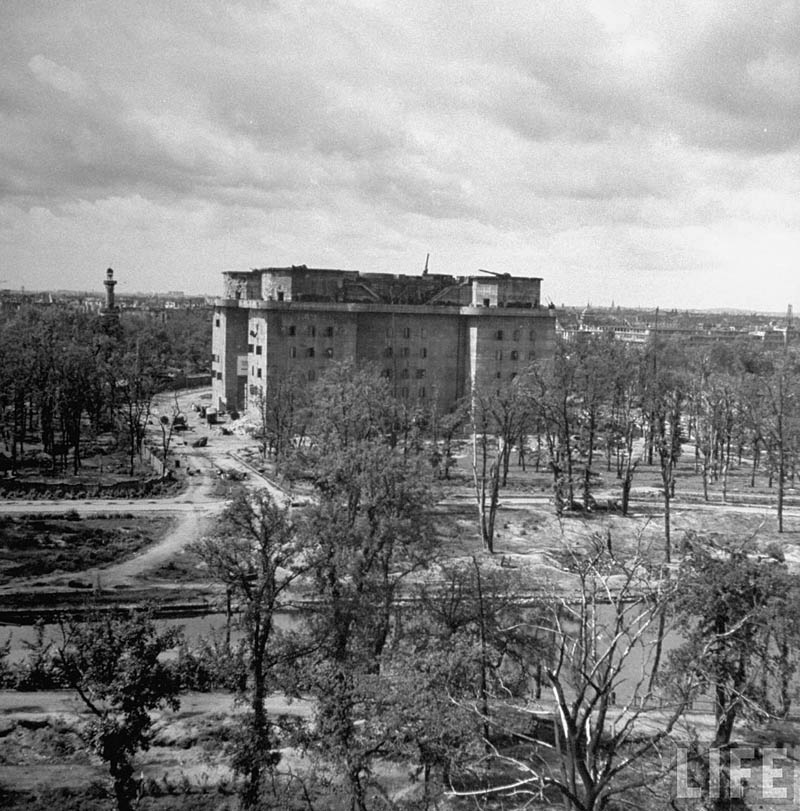
An air defense tower near the Zoo. Large ground-level concrete bunkers armed with air defense artillery, used Luftwaffe during the Second World War for the concentrated deployment of large-caliber anti-aircraft guns to protect strategically important cities from aerial bombardments of the anti-Hitler coalition. Also used to coordinate air defense and served as air-raid shelters.
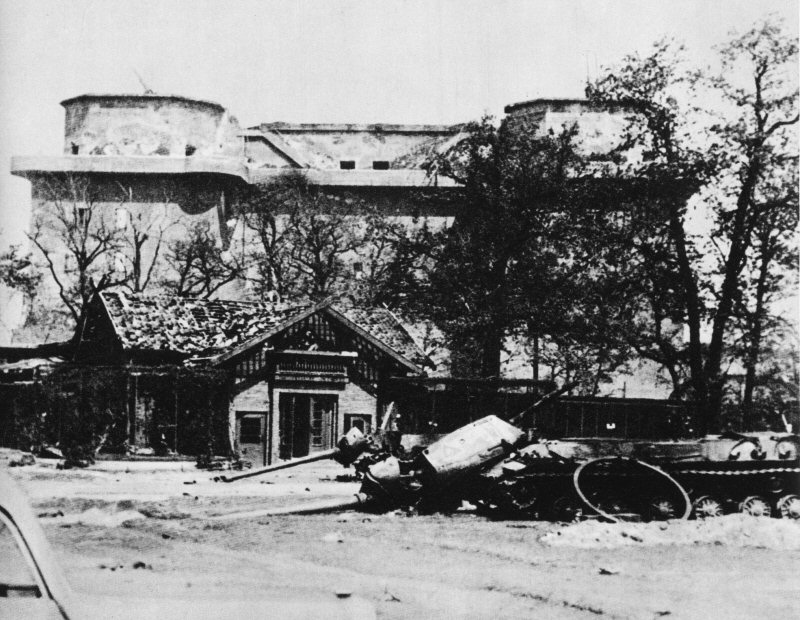
"The tower turned out to be a tough nut, the bombardment with 152mm artillery was completely inconclusive, and 105 concrete 203mm shells were fired directly through the flot turm.This resulted in the collapse of the tower's corner, but it continued to live until the capitulation of the garrison. It was the site of the Weidling command post.Our air defense towers in Humboldhain and Friedrichshain our troops bypassed, and until surrender these structures remained on the German-controlled territory of the city. " Alexey Isaev is a historian. In the foreground, the destroyed IS-2!
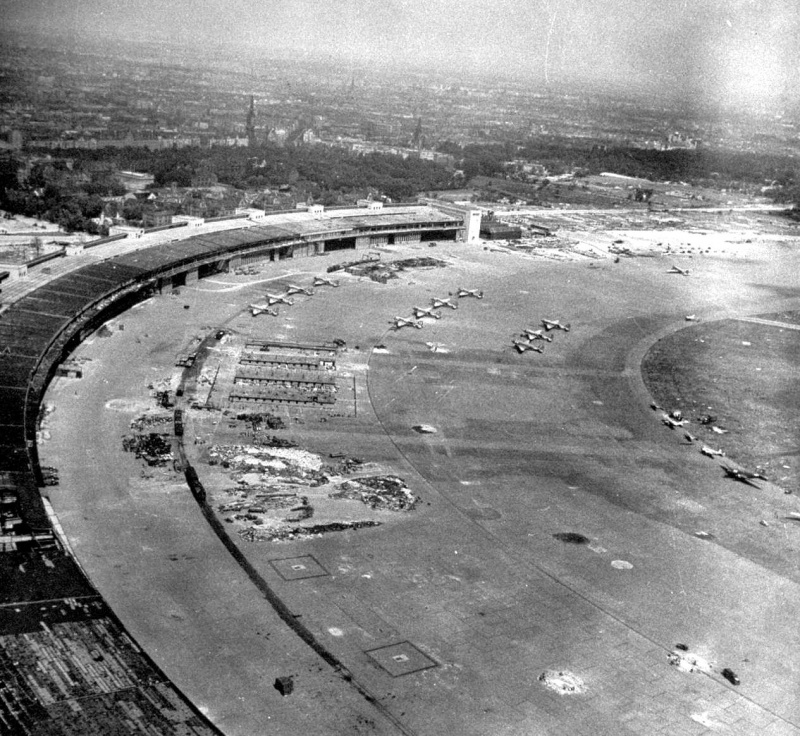
Tempelhof Airport. Marshal Chuikov: "An hour before the start of the artillery preparation for taking the Tempelhof airfield, the flag-bearer of the 220th Guards Infantry Regiment of the 79th Guards Rifle Division, Sergeant Nikolai Masalov, brought the flag of the regiment to the Landvet Canal .... The road to the center of the Tiergarten from the south was blocked by a deep one with steep concrete concreted banks The bridges and approaches to it are densely mined and tightly covered with machine gun fire ... There were about fifty minutes before the attack of the guardsmen, there was silence, as before a storm, disturbing, tense, and suddenly a child's cry was heard in this silence, broken only by the fires. As if from somewhere under the earth, the child's voice sounded deaf and invocatory, crying, he repeated one word that everyone understood: "Mutter, mutter ..." "It seems that it's on that side of the channel," Masalov said to comrades. Commander: "Permit me to save the child, I know where he is." It was dangerous to crawl to Broken Bridge.The square in front of the bridge was shot through by machine guns and automatic cannons, not to mention mines and land mines hidden under the ground. Sergeant Masalov crawled forward, clinging to the asphalt, at times hiding in shallow craters from shells and mines. ... Here he crossed the embankment and took cover behind the ledge of the concrete wall of the canal. And then he heard the child again. He called his mother plaintively, persistently. He seemed to rush Masalov. Then the guardsman rose to his full height-tall, mighty. The military orders flashed on their chests. This will not stop bullets or shards ...
Masalov spread across the canal barrier ... A few more minutes passed. For a moment the enemy machine guns fell silent. Breathless, the guards waited for the child's voice, but it was quiet. We waited five, ten minutes ... Is it really useless for Masalov to risk? .. Several guardsmen, without a word, prepared for the throw. And at that time everyone heard Masalov's voice: "Attention! I'm with a child. Cover me with fire. Machine gun on the right, on the balcony of the house with columns. Shut up his throat! ... "Then the artillery preparation began. Thousands of shells and thousands of mines seemed to cover the exit of the Soviet soldier from the death zone with a three-year-old German girl in his arms. Her mother probably tried to escape from Tiergarten, saving her daughter, she hid under a bridge and died there. Passing the girl to the nurses, Sergeant Masalov again stood at the flag of the regiment, ready to throw forward. "

The river Spree with its high stone banks crosses Berlin from the southeast of its outskirts to the north-west and passes through the center of the city. Within the city limits, the Spree had to force both the troops advancing from the north and the troops advancing from the east. The troops of Colonel-General Berzarin came to Berlin first within the limits of Berlin. In the photo: before the Reichstag, the pit of the unfinished line of the Berlin metro, the work was conducted in an open way.
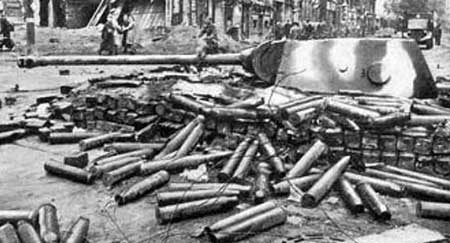
One of the "finds" of the Germans in the defense of their capital was a tank company "Berlin", assembled from tanks that could not move independently. They were dug at the crossroads of the streets and used as stationary firing points in the west and east of the city. Such a pillbox could be connected to the cellars of neighboring houses. The crew consisted of a gunner, charging and commander. In total, the company "Berlin" consisted of 10 tanks "Panther" and 12 tanks Pz. IV.
Technique in the battles for Berlin: Sturm of Berlin
Even the struggle for Stalingrad is inferior to the battles for Berlin in terms of basic quantitative and qualitative indicators: the number of troops involved in combat, the number of combat equipment involved, and the size of the city and the nature of its construction.
To some extent, with the storming of Berlin, we compare the storming of Budapest in January-February and Koenigsberg in April 1945. The battles of modernity, such as the battles for Beirut in 1982, remain a pale shadow of the grandiose fights of the Second World War.
Sealed "Strasse"
On the preparation of Berlin for defense, the Germans had 2.5 months, during which the front was on the Oder, 70 km from the city. This preparation was by no means an improvisation. The Germans have developed a whole system of transforming their own and foreign cities into "festungs" - fortresses. This is the strategy that Hitler followed in the second half of the war. Cities-"fortresses" were to be defended in isolation, supplied by air. Their goal is to keep road nodes and other important points.
The Berlin fortifications of April-May 1945 are typical enough for German "festoons" - massive barricades, as well as residential and administrative buildings prepared for defense. Barricades in Germany were built at an industrial level and had nothing to do with the piles of rubbish that the streets block during the period of revolutionary unrest. Berlin, as a rule, had 2? 2.5 m in height and 2? 2.2 m in thickness. They were built of wood, stone, sometimes rails and shaped iron. Such a barricade easily withstood the shots of tank guns and even divisional artillery caliber 76? 122 mm.
Part of the streets were completely blocked off by barricades, without leaving even the passage. On the main thoroughfares, the barricades still had a three-meter wide passage, prepared for the rapid closing of the car with earth, stones and other materials. Approaches to the barricades were mined. It can not be said that these Berlin fortifications were a masterpiece of engineering. In the Breslau district, Soviet troops were faced with truly cyclopean barricades, entirely cast from concrete. In their design, huge moving parts were to be thrown across the passage. In Berlin, there was nothing of the sort. The reason is quite simple: German military commanders believed that the fate of the city would be decided on the Oder front. Accordingly, the main efforts of the engineering troops were concentrated precisely there, on the Seelow Heights and on the perimeter of the Soviet Kystrin bridgehead.
Company of fixed tanks
Approaches to bridges through canals and exits from bridges also had barricades. In the buildings that were to become the pillars of defense, brick window openings were laid. In the laying left one or two embrasures for firing from small arms and anti-tank grenade launchers - faust patrons. Of course, not all Berlin houses underwent such a restructuring. But the Reichstag, for example, was prepared well for defense: huge windows of the building of the German parliament were immured.
One of the "finds" of the Germans in the defense of their capital was a tank company "Berlin", assembled from tanks that could not move independently. They were dug at the crossroads of the streets and used as stationary firing points in the west and east of the city. In total, the company "Berlin" consisted of 10 tanks "Panther" and 12 tanks Pz. IV.
In addition to special defensive structures in the city, there were air defense facilities suitable for ground battles. This is primarily about the so-called flakturmah - massive concrete towers about 40 m high, on the roof of which anti-aircraft guns were installed to 128-mm caliber. In Berlin, built three such giant structures. It is Flakturm I in the area of the zoo, Flakturm II in Friedrichshain in the east of the city and Flakturm III in Humboldhain in the north. (On the anti-aircraft turrets of the Third Reich, "PM" wrote in detail in No. 3 for 2009. - Ed.)
Forces of the "fortress Berlin"
However, any engineering facilities are absolutely useless, if there is no one to defend them. This was the biggest problem for the Germans. During the Soviet era, the number of defenders of the capital of the Reich was usually estimated at 200,000. However, this figure seems to be overestimated. The testimony of the last commandant of Berlin, General Weidling and other captured officers of the Berlin garrison, leads to a figure of 100-120 thousand people and 50-60 tanks at the beginning of the assault. For the defense of Berlin, so many defenders were clearly not enough. It was obvious to professionals from the very beginning. In a summary of the generalized combat experience of the storming city of the 8th Guards Army it was stated: "For the defense of such a large city surrounded on all sides, there was not enough force to defend each building, as was the case in other cities, so the enemy defended mainly groups Quarters, and inside them there are separate buildings and objects ... "Soviet troops, storming Berlin, numbered, according to April 26, 1945, 464 000 people and about 1500 tanks. The 1st and 2nd Guards Tank Armies, the 3rd and 5th Shock Armies, the 8th Guards Army (all - the 1st Belorussian Front), and the 3rd Guards Tank and part of the forces participated in the storming of the city 28th Army (1st Ukrainian Front). In the last two days of the assault, parts of the First Polish Army participated in the battles.
Evacuated explosives
One of the mysteries of the battles for Berlin is the preservation of the integrity and safety of many bridges across the Spree and the Landver Canal. Given that the banks of the Spree in the center of Berlin were clothed in stone, forcing the river outside the bridges would be a difficult task. The clue was given by General Weidling in the Soviet captivity. He recalled: "None of the bridges was prepared for the explosion. Goebbels instructed this organization "Shpur", in connection with the fact that during the explosions of bridges, military units inflicted economic damage on the surrounding possessions. It turned out that all the materials for the preparation of bridges for the explosion, as well as the ammunition that had been prepared for this, were removed from Berlin during the evacuation of the Shpur institutions. It should be noted that this concerned bridges in the central part of the city. On the outskirts everything was different. So, for example, all the bridges across the Berlin-Spandauer-Schiffars canal in the northern part of the city were blown up. The troops of the 3rd Shock Army and the 2nd Guards Tank Army had to direct the ferry. In general, it can be noted that the first days of the struggle for Berlin are connected with the forcing of water barriers on its outskirts.
Into the thick of quarters
By April 27, Soviet troops basically overcame areas with low-rise and thin buildings and deepened into the densely built-up central districts of Berlin. The Soviet tank and combined arms armies coming from different directions aimed at a single point in the center of the city - the Reichstag. In 1945 it lost its political significance and had a conventional value as a military object. However, it is the Reichstag that appears in the orders as the goal of the offensive of Soviet formations and associations. In any case, moving from different sides to the Reichstag, the Red Army troops created a threat to the Führer bunker under the Reich Chancellery.
The central figure in street battles was the assault team. Zhukov's directive recommended the inclusion of 8-12 guns in caliber from 45 to 203 mm, 4-6 mortars 82-120 mm in the composition of assault detachments. The assault teams included engineers and "chemists" with smoke bombs and flamethrowers. Tanks also became unchanged participants in these groups. It is well known that their main enemy in city battles in 1945 was the manual anti-tank weapon - the faust-ammunition. Shortly before the Berlin operation, the troops were experimenting on screening tanks. However, they did not give a positive result: even with the destruction of the grenade of the faust patron on the screen, the armor of the tank made its way. Nevertheless, in some parts screens were still installed - rather for the psychological support of the crew, rather than for real protection.
Have the "faustians" burnt tank armies?
Loss of tank armies in battles over the city can be assessed as moderate, especially in comparison with fighting in the open area against tanks and anti-tank artillery. Thus, Bogdanov's 2nd Guards Tank Army, in fights for the city, lost about 70 tanks from the faust patrons. At the same time, she acted in isolation from the combined arms armies, relying only on her motorized infantry. The share of tanks killed by "faustnikami" in other armies was less. In total during the time of street fighting in Berlin from April 22 to May 2, the army of Bogdanov lost 104 tanks and self-propelled guns (16% of the fleet of combat vehicles at the beginning of the operation) irretrievably. The 1st Guards Tank Army of Katukov during the street fighting also lost 104 armored cars (15% of the military vehicles that were in service at the beginning of the operation). The 3rd Guards Tank Army Rybalko in Berlin from April 23 to May 2 irretrievably lost 99 tanks and 15 ACS (23%). The total losses of the Red Army from the faust patrons in Berlin can be estimated at 200? 250 tanks and ACS from almost 1800, lost for the operation as a whole. In a word, there is no reason to say that the Soviet tank armies were burnt by the "Faustians" in Berlin.
However, in any case, the massive use of faust patrons made it difficult to use tanks, and if the Soviet troops relied only on armored vehicles, battles for the city would have become much more bloody. It should be noted that the faust patrons were used by the Germans not only against tanks, but also against infantry. Forced to go ahead of the armored vehicles infantry fell under the hail of shots of "Faustians". That is why the barrel and rocket artillery provided invaluable assistance in the assault. The specificity of city battles made it necessary to put divisional and attached artillery on direct guidance. Paradoxically, this sounds, but the guns on direct guidance were sometimes more effective than tanks. The report of the 44th Guards cannon artillery brigade on the Berlin operation indicated: "The use of the enemy by the panzerfaustov" led to a sharp increase in losses in tanks - limited visibility makes them easily vulnerable. Direct-fire guns do not suffer from this drawback, their losses, in comparison with tanks, are small. " This was not an unfounded statement: the brigade lost in street battles only two guns, one of them was struck by the enemy with a faust patron.
The armament of the brigade consisted of 152 mm gun-howitzers ML-20. Actions of artillerymen can be illustrated by the following example. The battle for the barricade in Sarland Strasse did not begin very well. "Faustniki" hit two IS-2 tanks. Then the gun of the 44th Brigade was exposed to direct light at 180 m from the fortification. With 12 shells, the artillerymen pierced the passage and destroyed its garrison. The brigade's tools were also used to destroy the buildings turned into strong points.
From the "Katyusha" direct light
It was already said above that the Berlin garrison only defended some buildings. If such a strongpoint could not be taken by an assault group, it was simply destroyed by direct artillery. So, from one strong point to another, the storming marched towards the center of the city. In the end, even "Katyushas" were put on direct guidance. The M-31 large-caliber missile shells were installed in houses on the windowsills and shot at the buildings opposite. The optimal distance was 100-150 m. The missile had time to accelerate, break through the wall and explode inside the building. This led to the collapse of partitions and ceilings and, as a consequence, the death of the garrison. At smaller distances the wall did not break through and the case was limited to cracks on the facade. It is here that one of the answers to the question as to why Kuznetsov's 3rd shock army was the first to come to the Reichstag. Parts of this army paved their way through the Berlin streets with 150 direct-fire projectiles M-31UK (improved accuracy). Other armies also shot dozens of M-31 shells with direct fire.
To victory - ahead!
Another "destroyer of buildings" was heavy artillery. As indicated in the report on the actions of the artillery of the First Byelorussian Front, "in the battles for the fortress of Poznan and in the Berlin operation, both during the operation itself and especially in the battles for the city of Berlin, the artillery of large and special power was of decisive importance." In total, during the storming of the German capital, 38 heavy guns, that is, the 203 mm B-4 howitzer of the 1931 model, were exposed to direct fire. These powerful tools on the caterpillar track often flash in the newsreel devoted to the battles for the German capital. The calculations of the B-4 acted boldly, even boldly. For example, one of the guns was installed at the intersection of Liden Strasse and Ritter Straße at 100-150 m from the enemy. Six of the shells fired were enough to destroy the house prepared for defense. Turning the gun, the battery commander destroyed three more stone buildings.
In Berlin, there was only one structure withstood the blow of B-4, it was the air defense tower Flakturm am Zoo, it was Flakturm I. Part of the 8th Guards and 1st Guards Tank Armies came to the Berlin Zoo. The tower was a hard nut to them. The bombardment of its 152-mm artillery was completely inconclusive. Then 105 flasks of 203-mm caliber were fired by direct flapping. As a result, the corner of the tower was destroyed, but it continued to live up to the capitulation of the garrison. Until the last moment it housed the Weidling command post. The air defense towers in Humboldhain and Friedrichshain our troops bypassed, and until surrender, these structures remained on the German-controlled territory of the city.
Garrison Flakturm am Zoo was in some ways lucky. The tower did not fall under the fire of Soviet artillery of special power, a 280 mm Br-5 mortar and 305-mm Br-18 howitzer of the 1939 model. No one has already placed these guns on direct targeting. They fired from positions 7 to 10 kilometers from the battlefield. The 8th Guards Army was given the 34th separate division of special power. His 280-mm mortars in the last days of storming Berlin were beaten at the Potsdam railway station. Two such projectiles struck the asphalt streets, floors and exploded in the underground halls of the station, located at a depth of 15 m.
Why not "smeared" Hitler?
Three battalions of 280 mm and 305 mm guns were concentrated in the 5th Shock Army. The army of Berzarin was advancing to the right of Chuikov's army in the historical center of Berlin. Heavy guns were used to destroy strong stone buildings. The 280-mm mortar batted the Gestapo building, fired more than a hundred shells and achieved six direct hits. The division of 305 mm howitzers only on the penultimate day of the assault, on May 1, shot 110 shells. In fact, only the lack of accurate information about the location of the Führer's bunker prevented the early completion of the fighting. Soviet heavy artillery had technical capabilities to bury Hitler and his retinue in a bunker or even smear them with a thin layer over the labyrinths of the last refuge of the "demon-possessed Fuhrer".
It was the army of Berzarin, advancing in the direction of the Reichstag, came closest to the bunker of Hitler. This caused the last splash in the activity of the Luftwaffe in battles for the city. On April 29, groups of FV-190 assault aircraft and Me-262 jet fighters attacked the combat formations of the troops of the 5th Shock Army. The reactive Messerschmitts belonged to the 1st group of the JG7 squadron from the Reich Air Defense, but they could no longer influence the course of the hostilities. The next day, April 30, the Fuhrer committed suicide. On the morning of May 2, the Berlin garrison capitulated.
The total loss of two fronts in the battle for Berlin can be estimated at 50-60 thousand people killed, wounded and missing. Were these losses justified? Certainly. The fall of Berlin and the death of Hitler meant the demoralization of the German army and its surrender. Undoubtedly, without the active use of various techniques, the loss of Soviet troops in street battles would have been much higher.
Alexey Isaev is a candidate of historical sciences, the author of many books on the history of the Great Patriotic War. Via popmech.ru

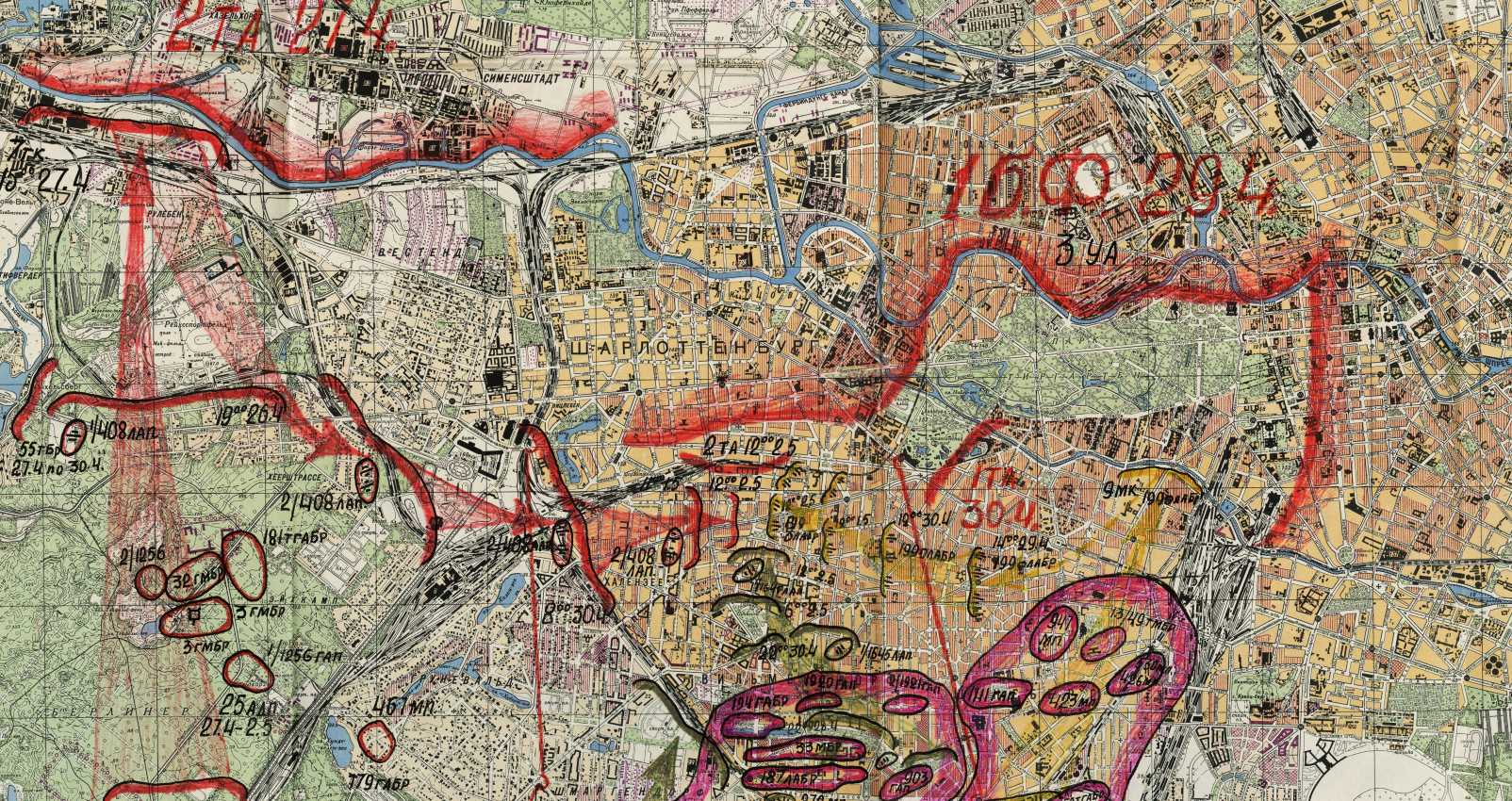
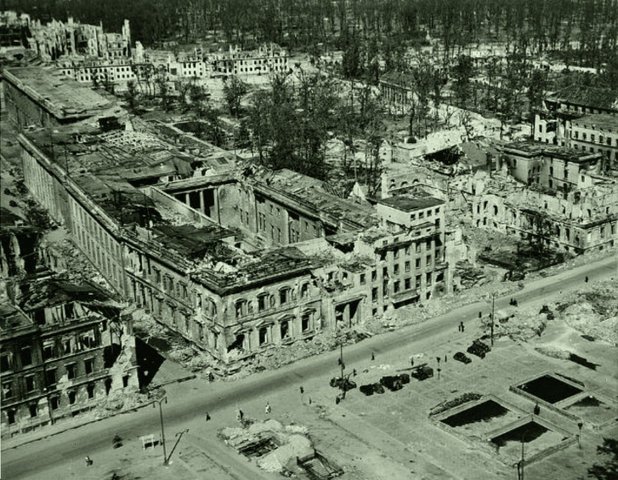
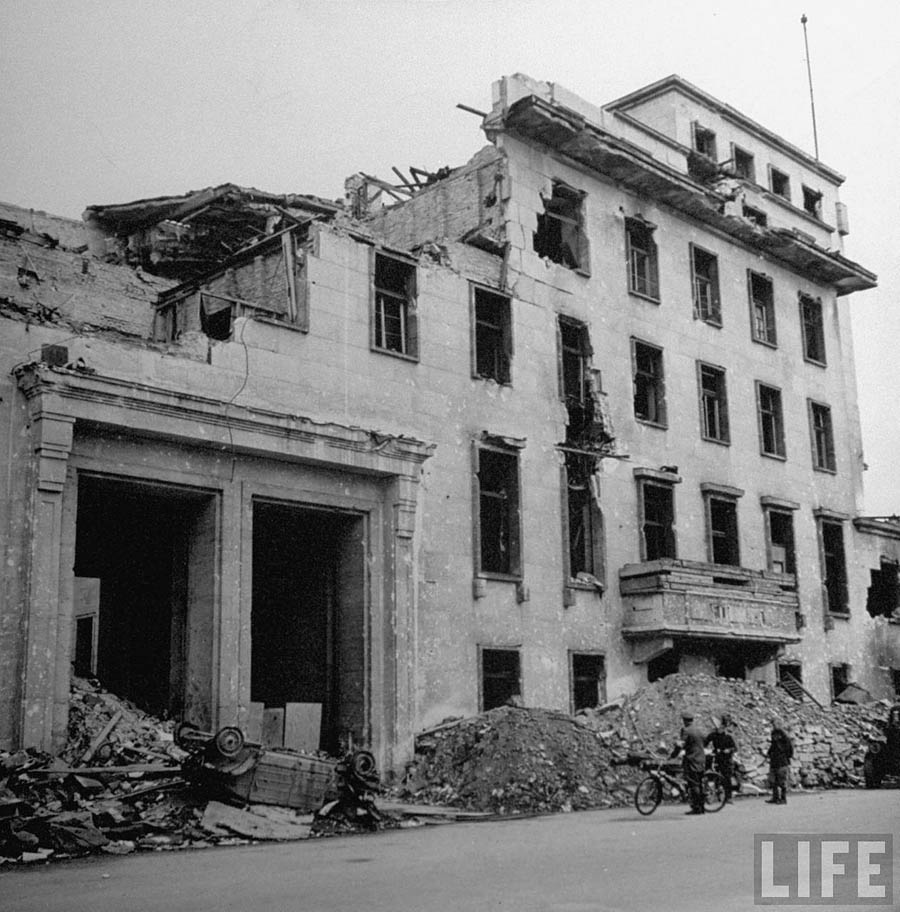
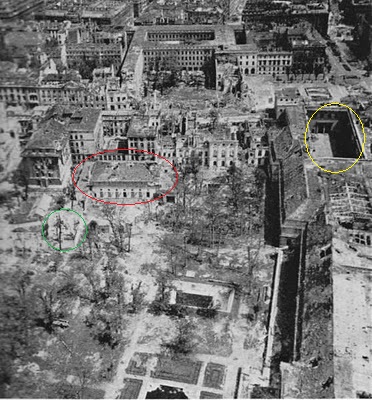

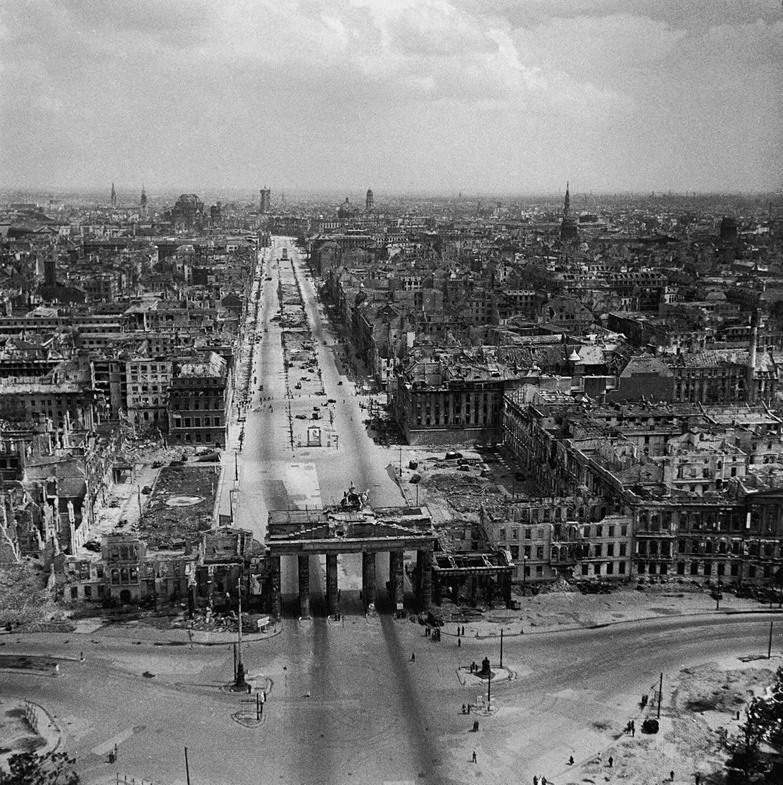
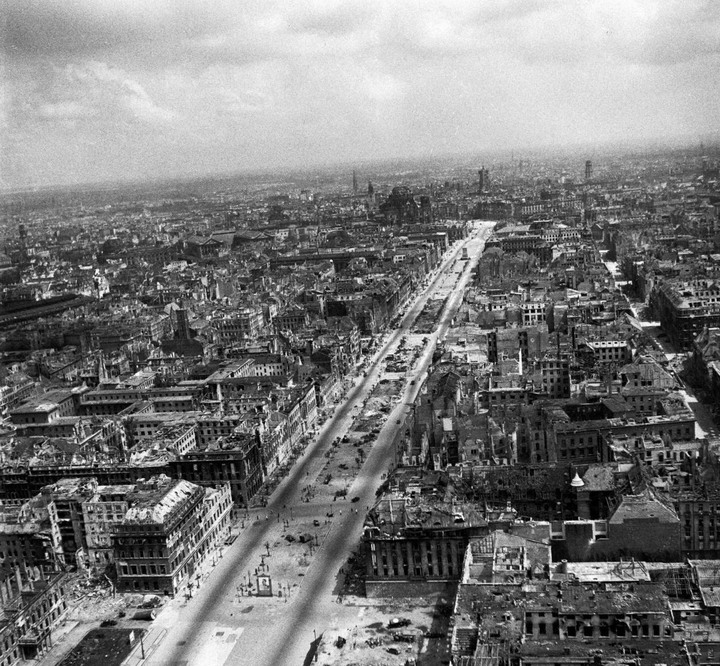
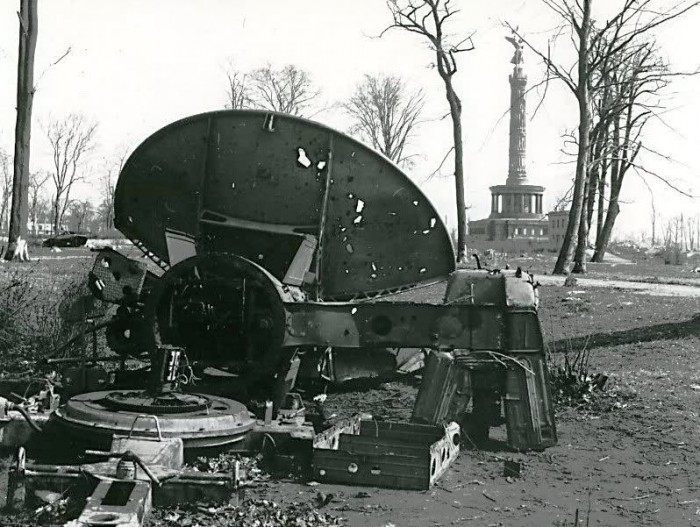

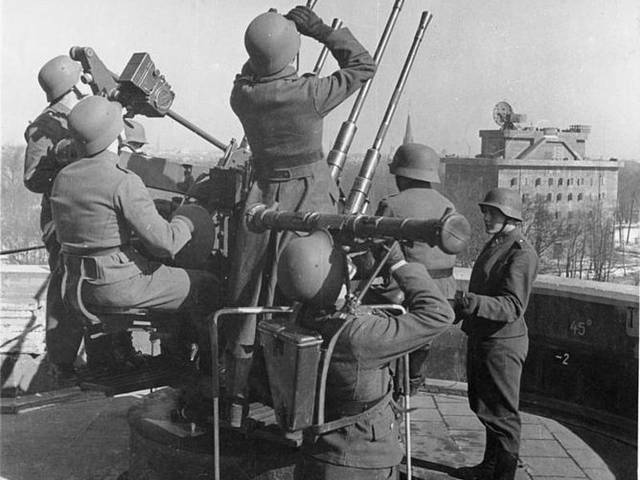



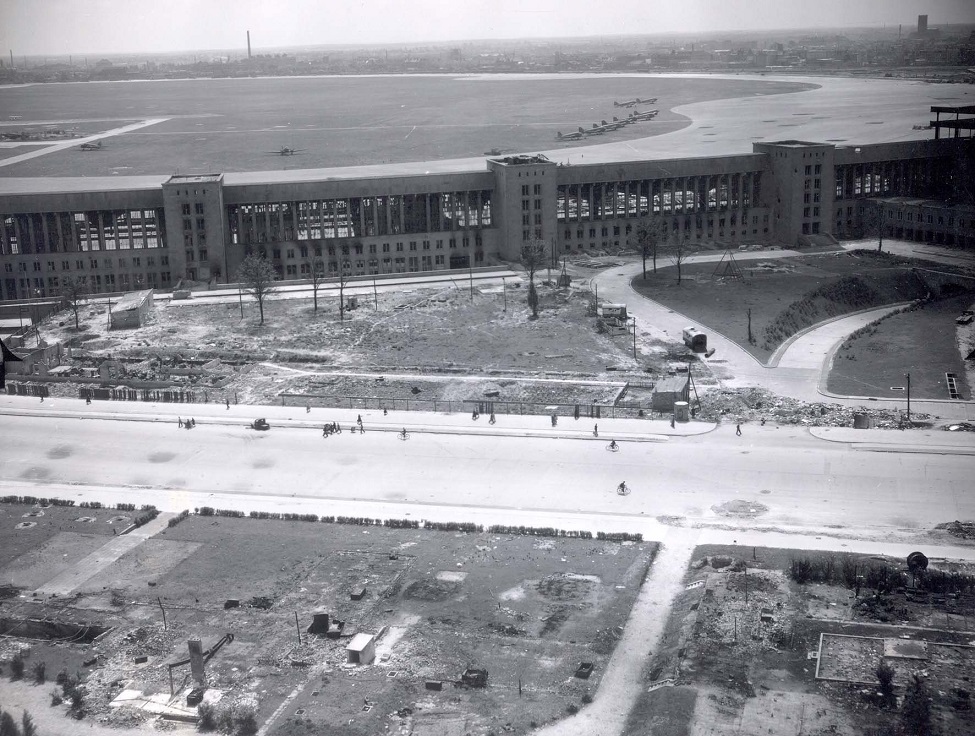
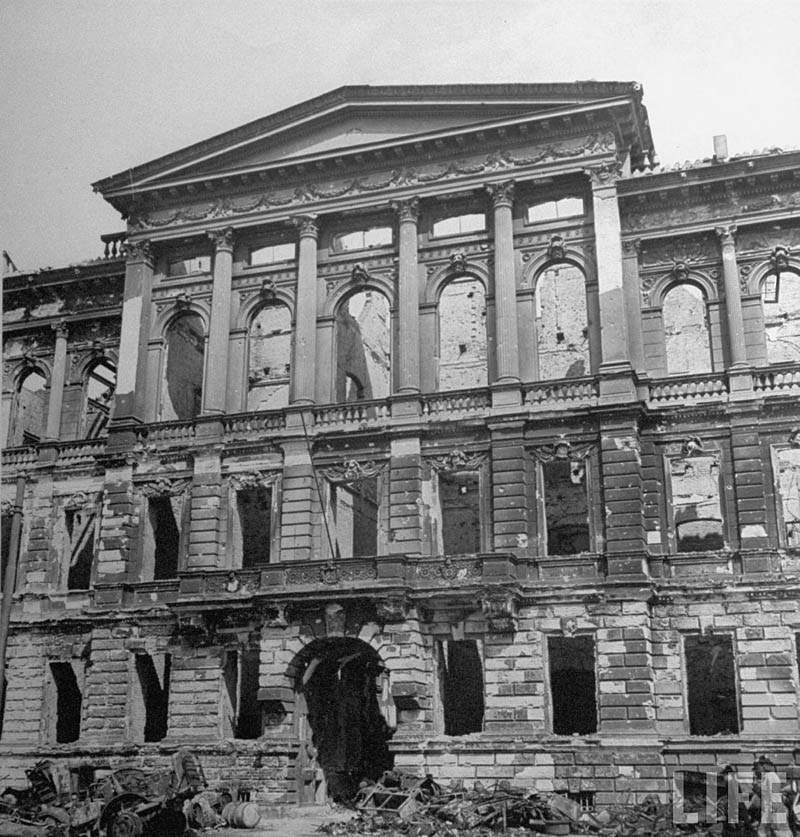


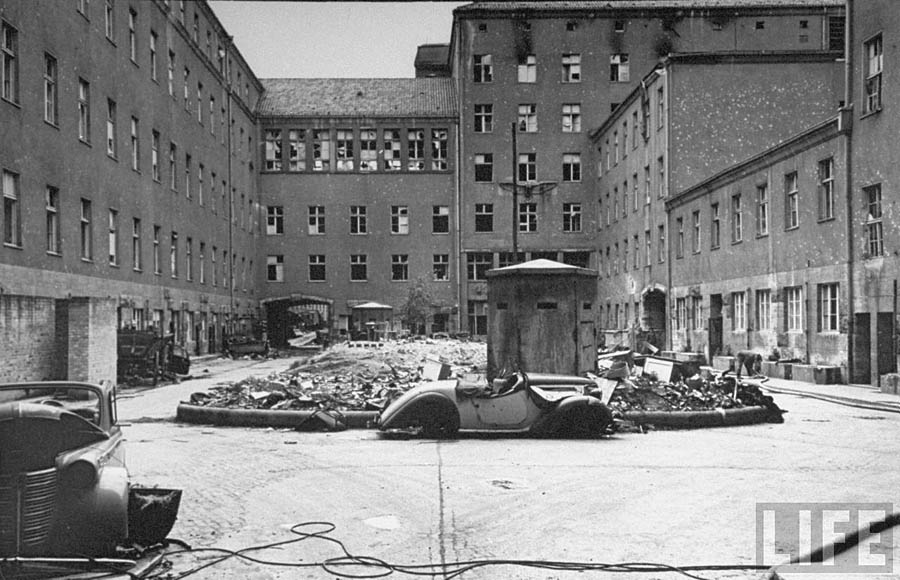
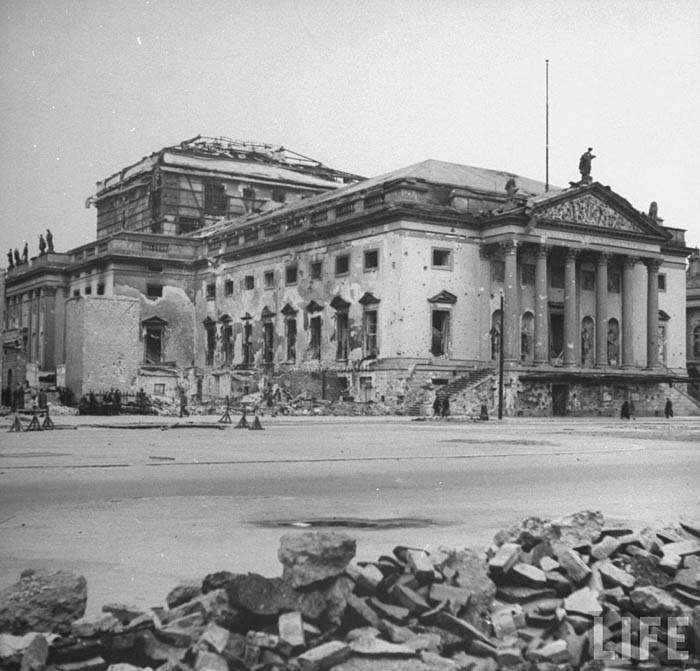
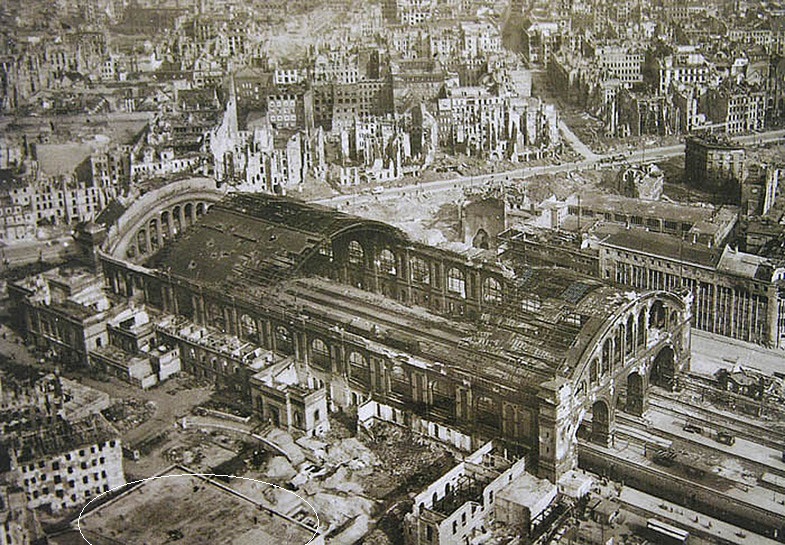
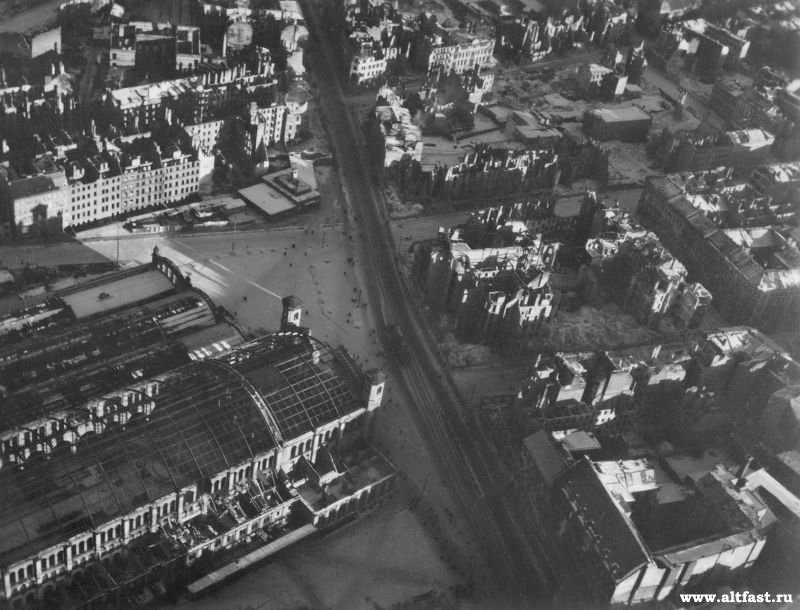
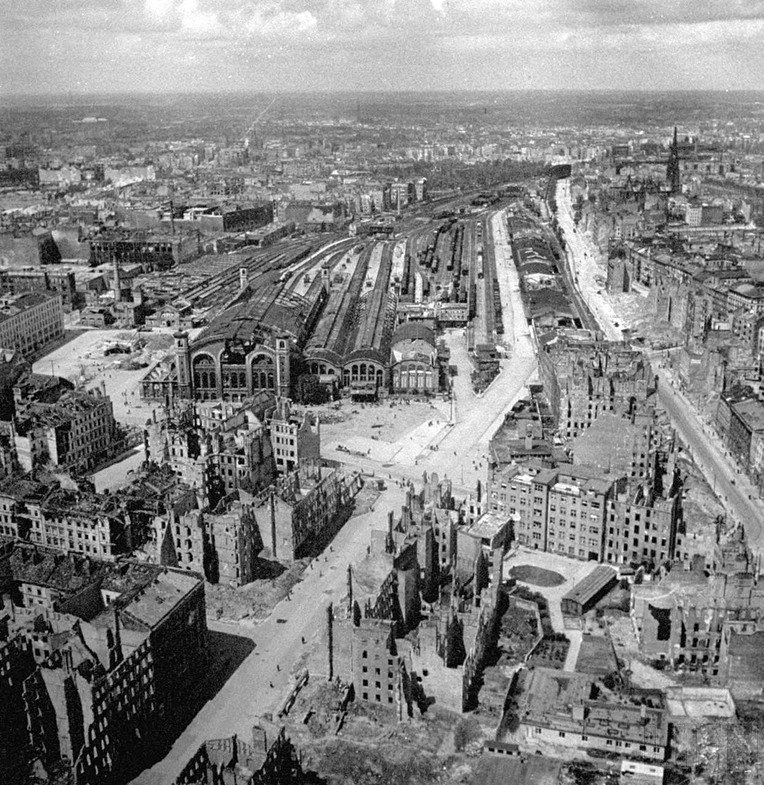
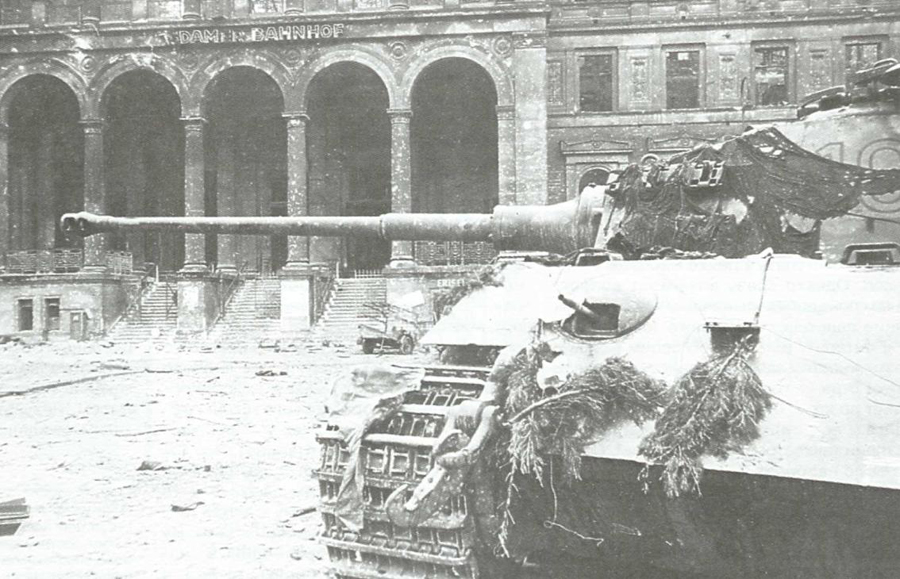
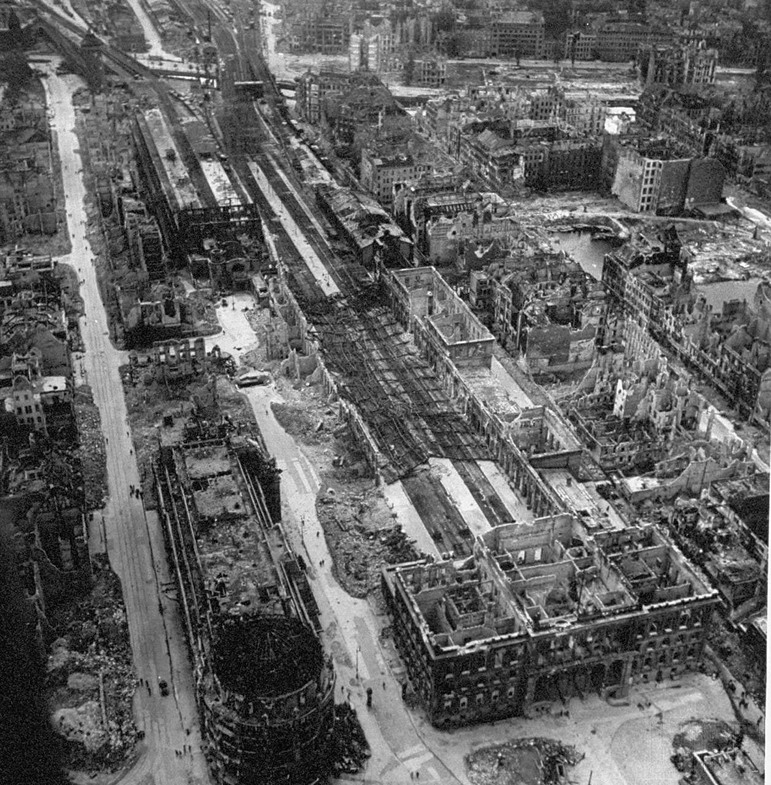
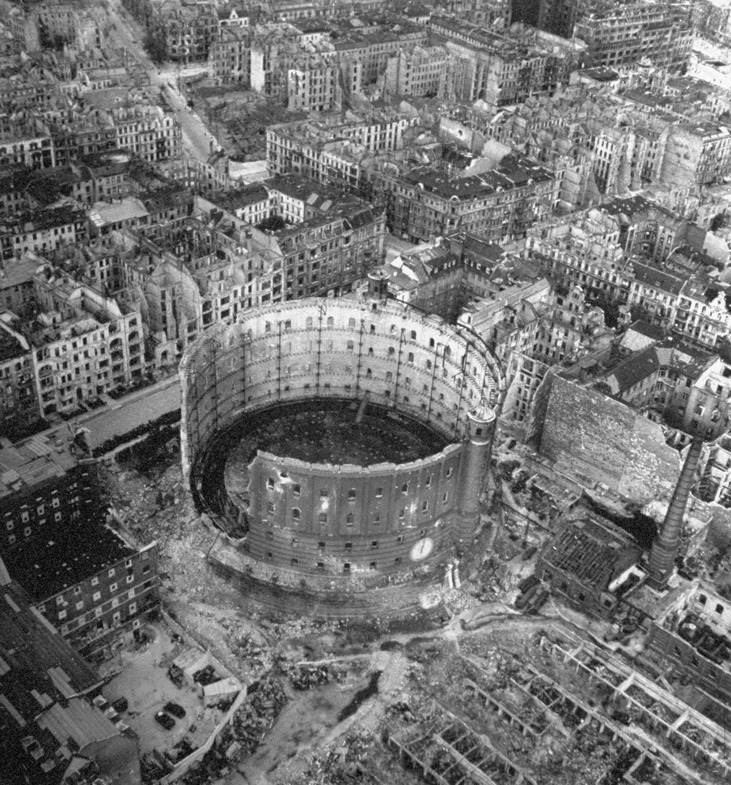
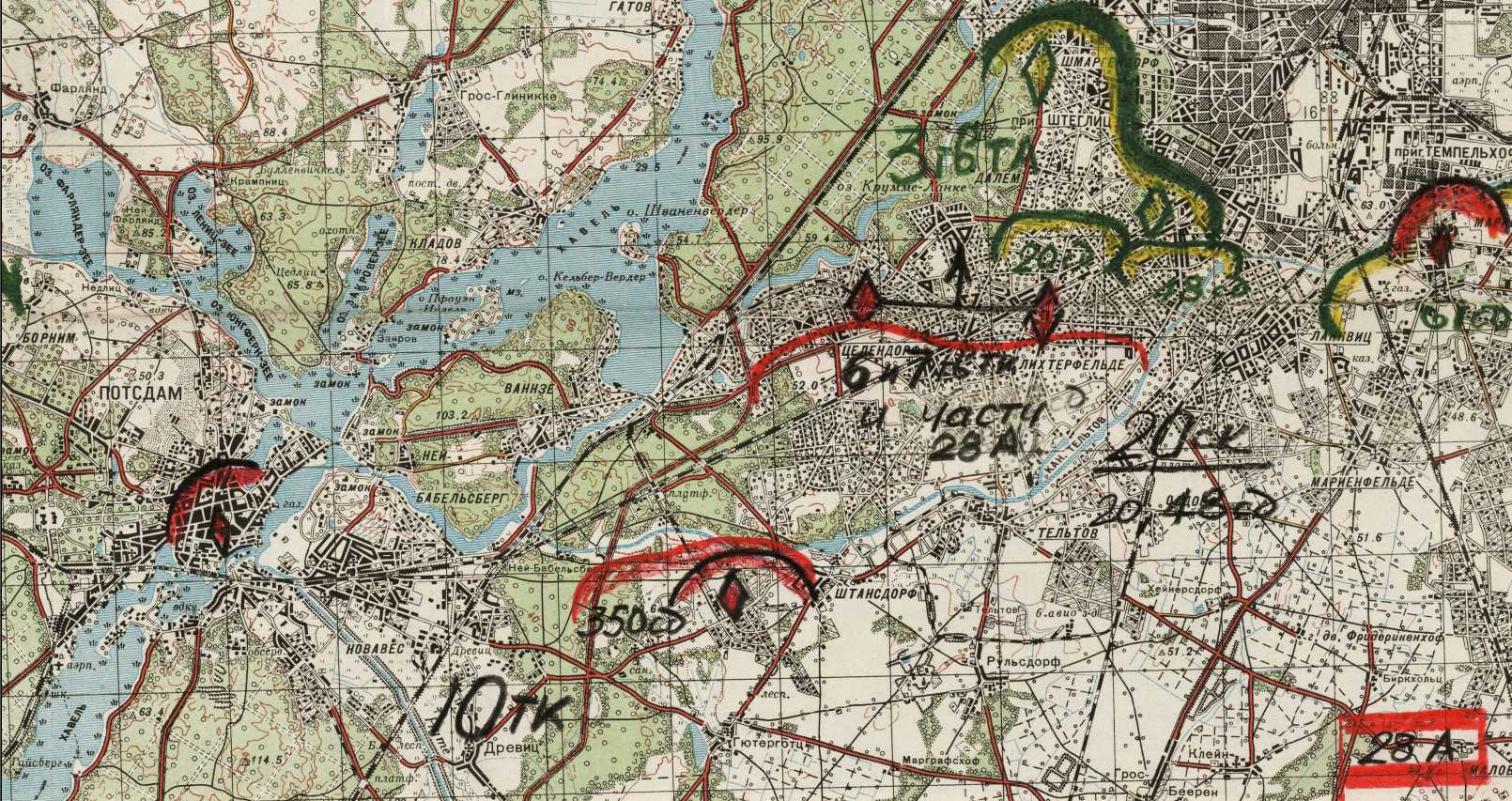
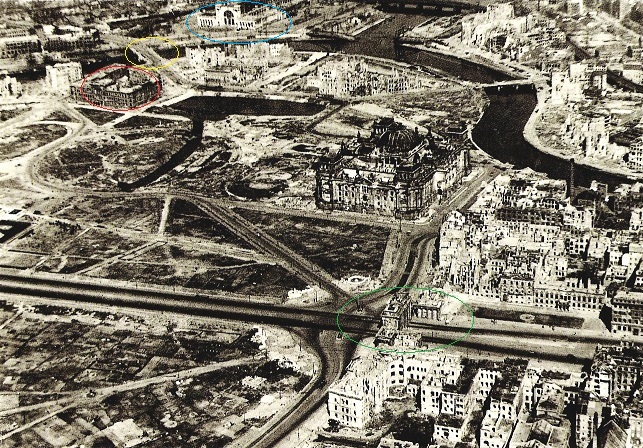

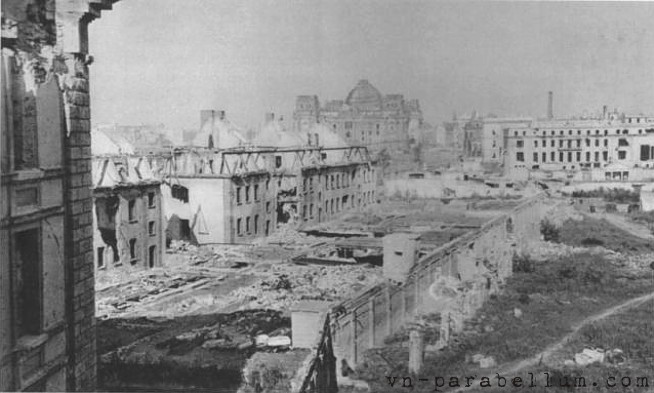
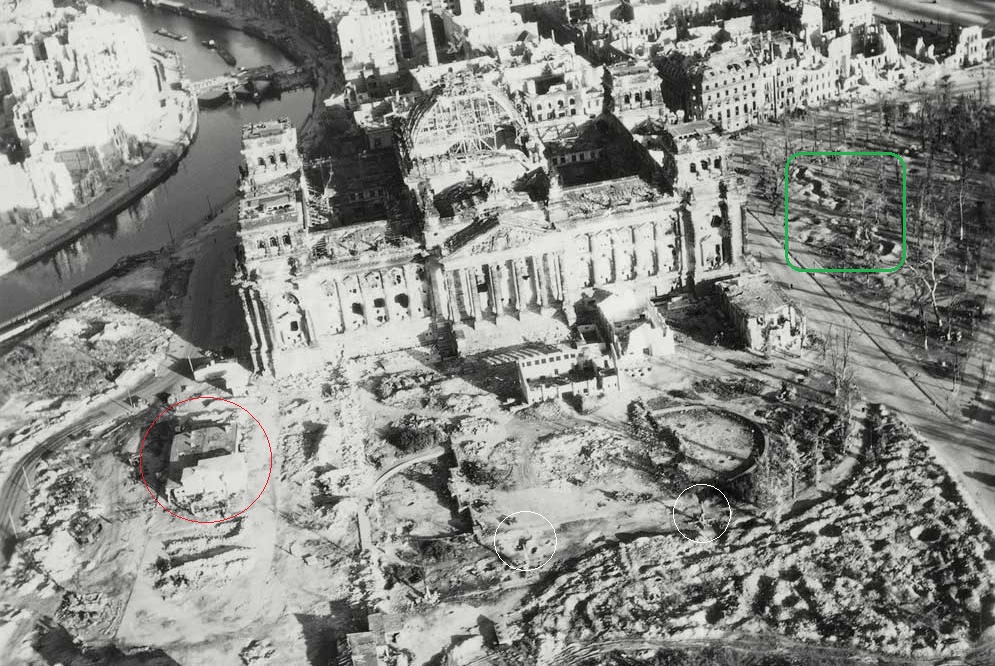
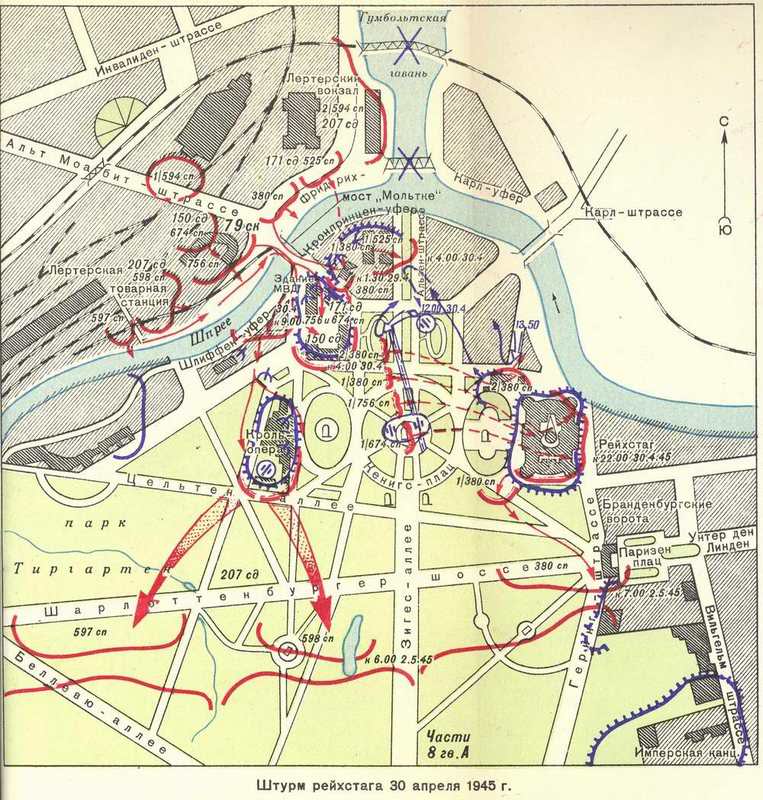

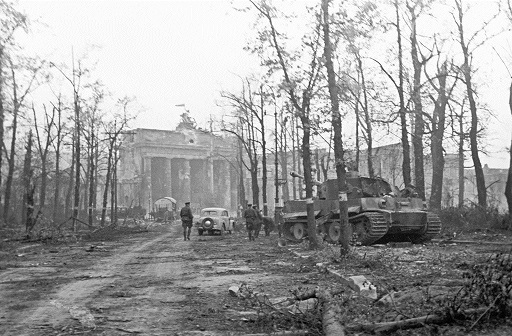
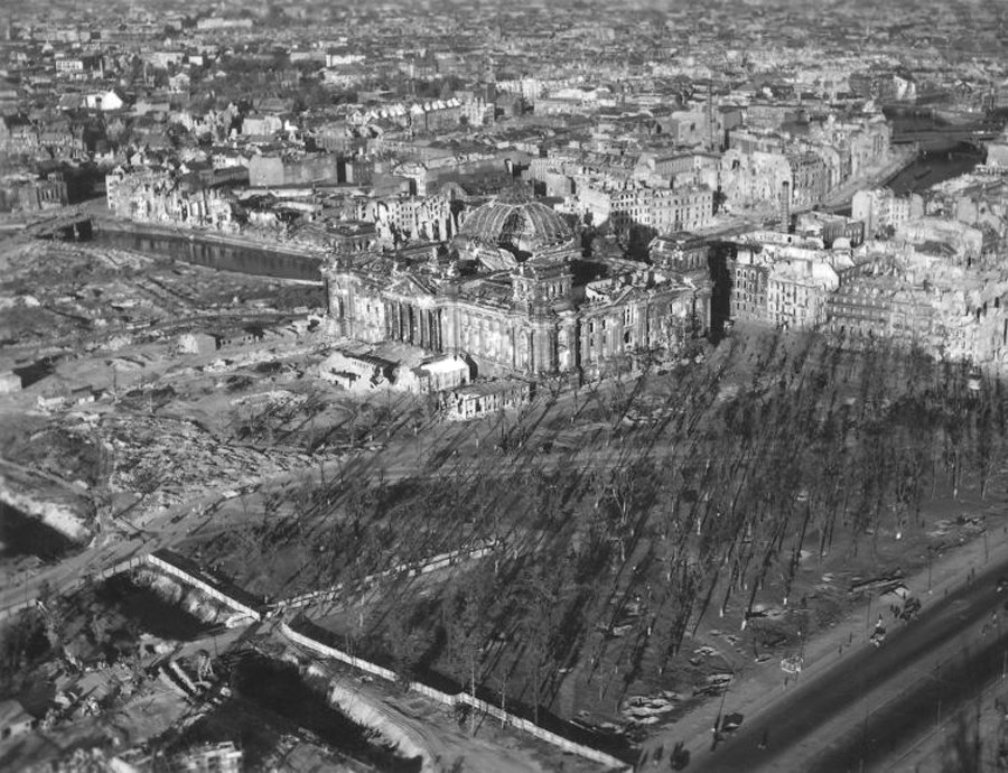
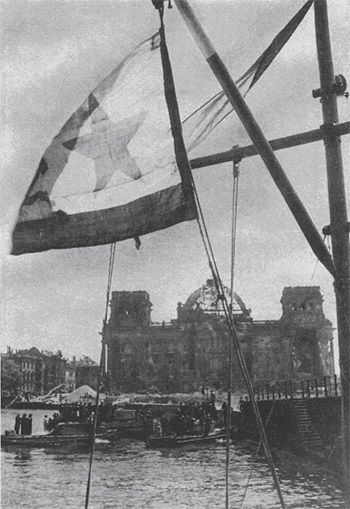
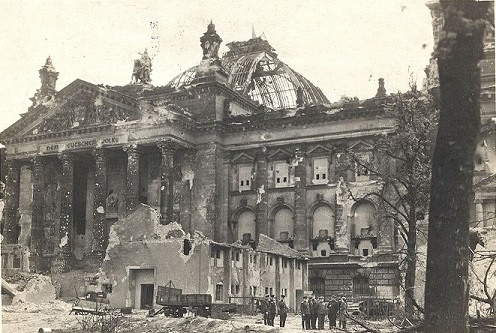
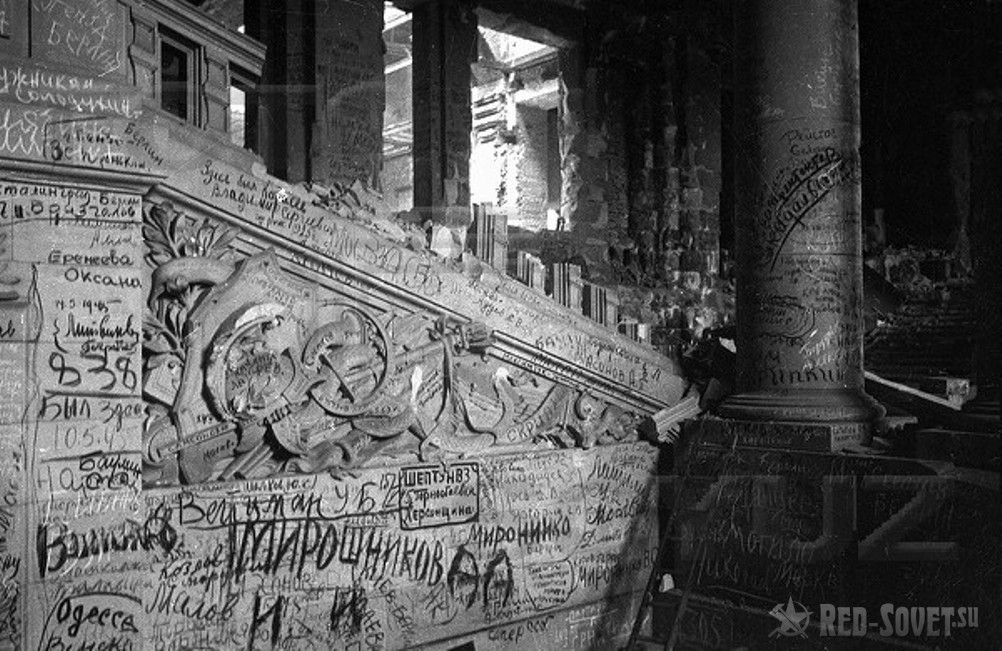

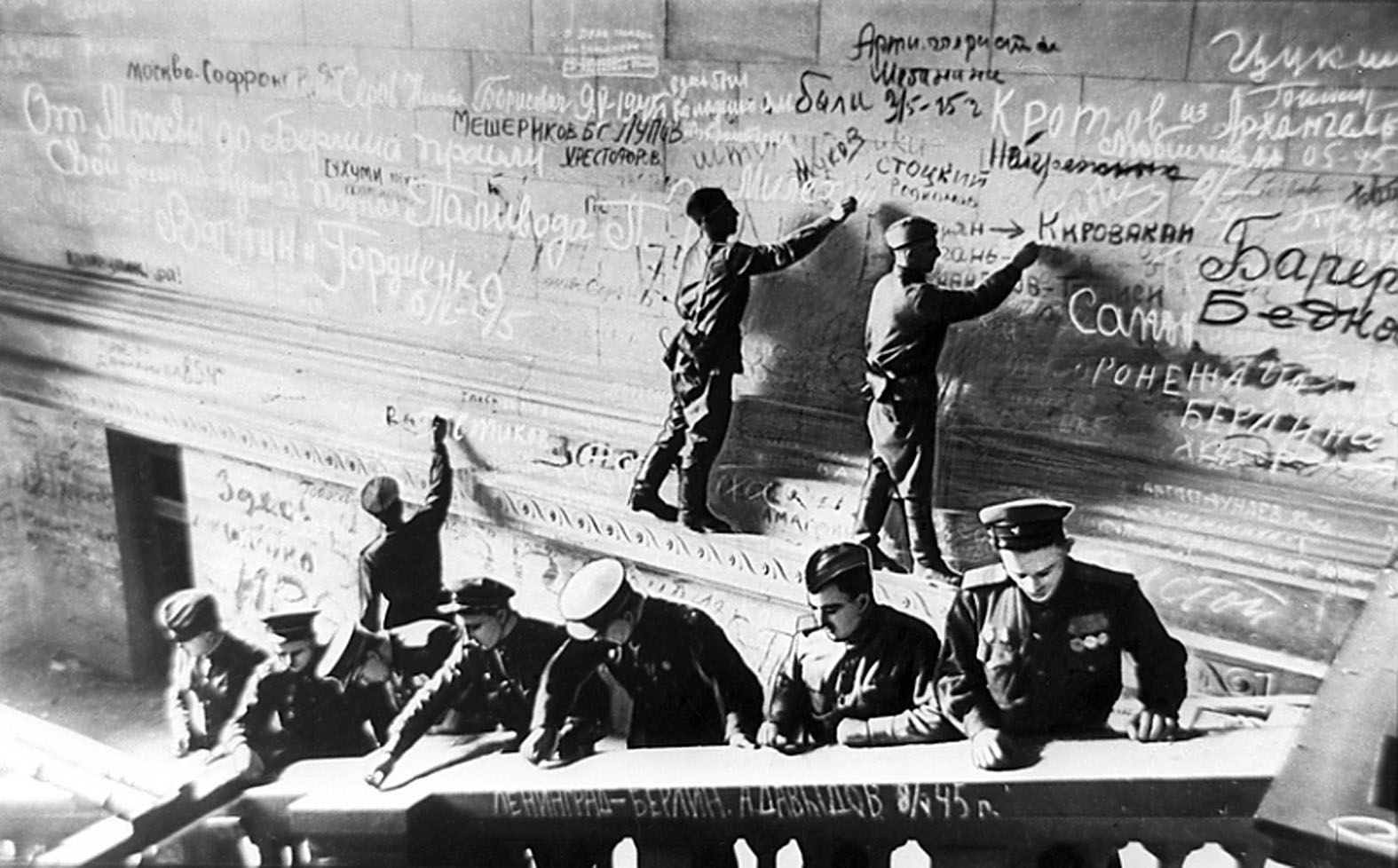
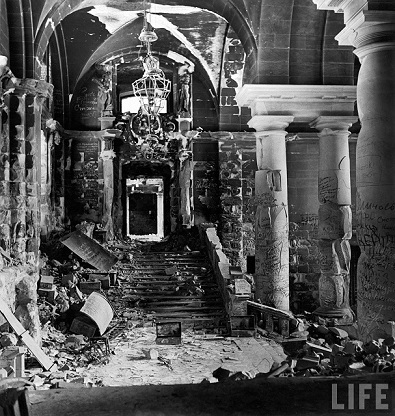


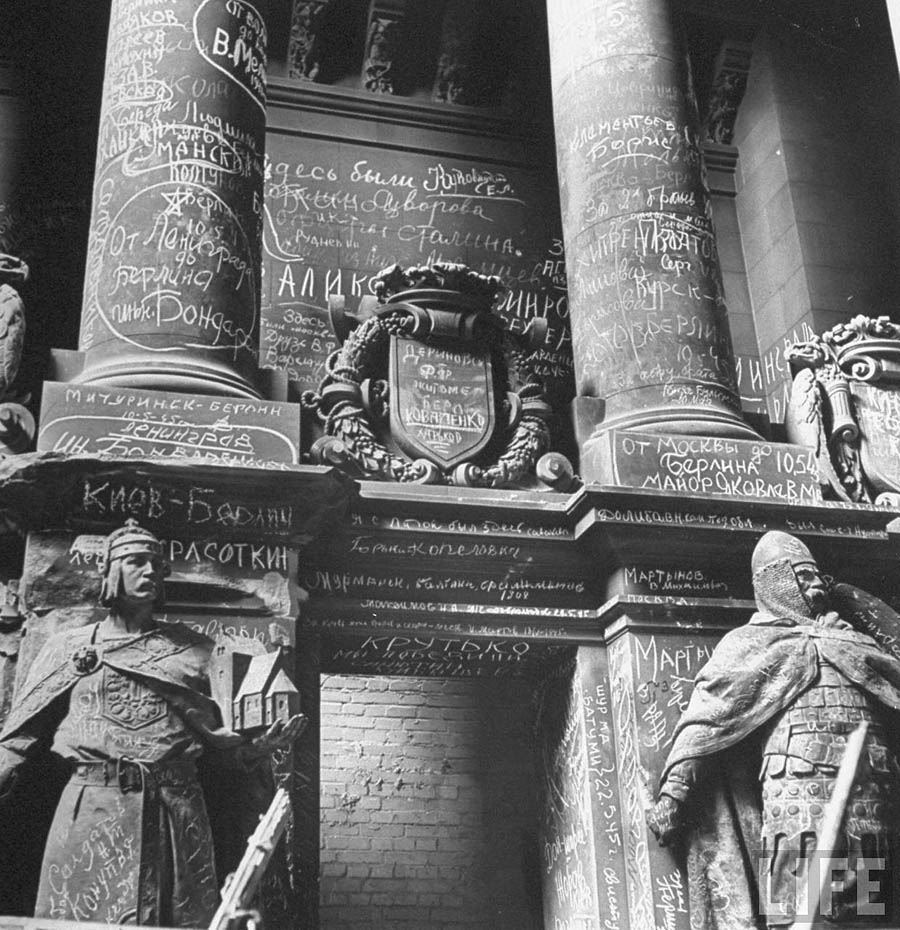
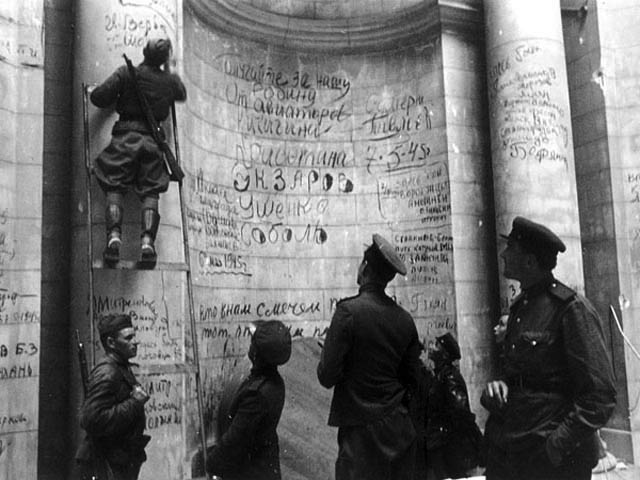
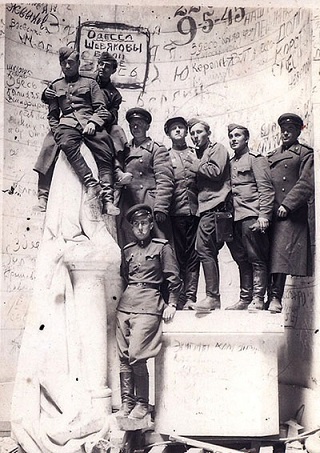
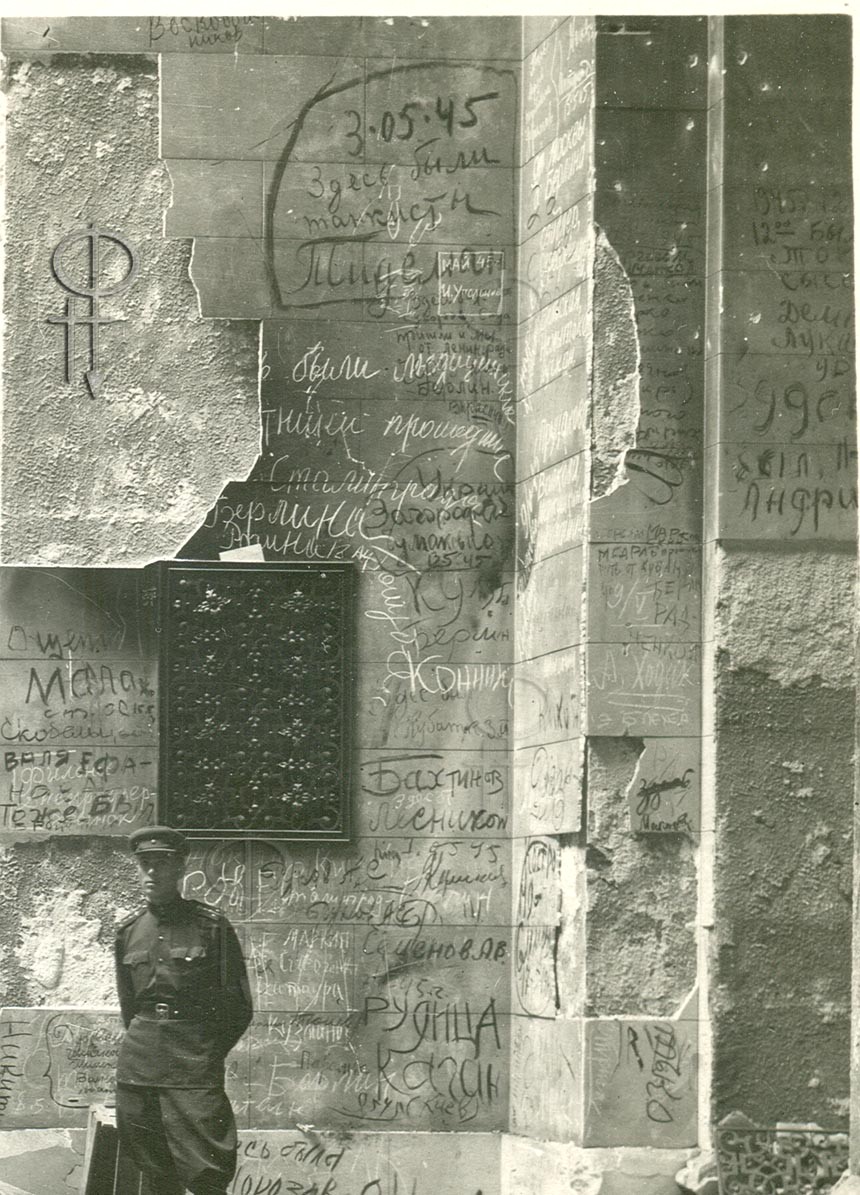
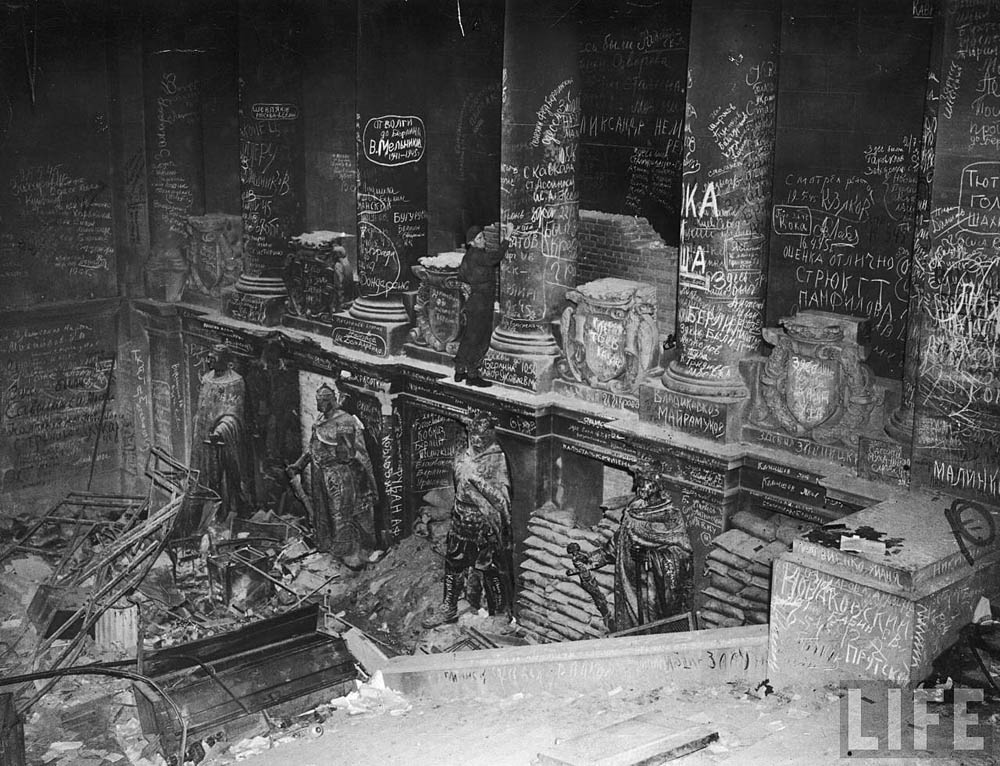

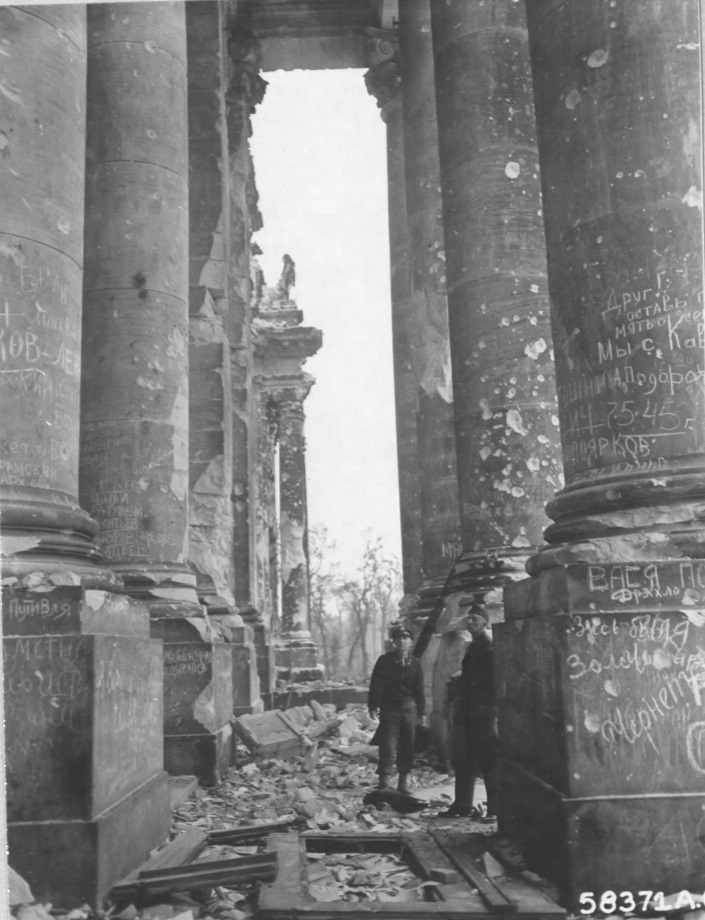

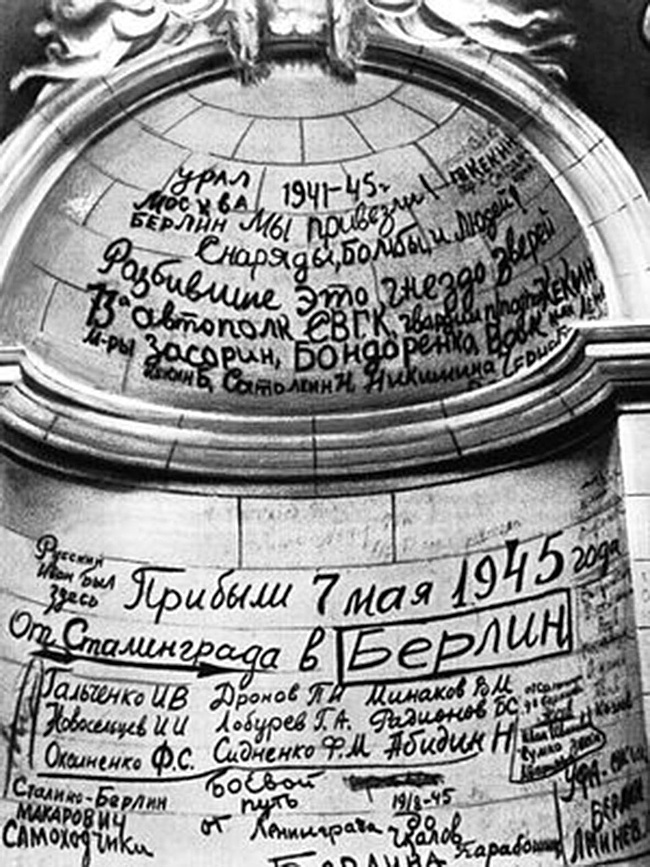


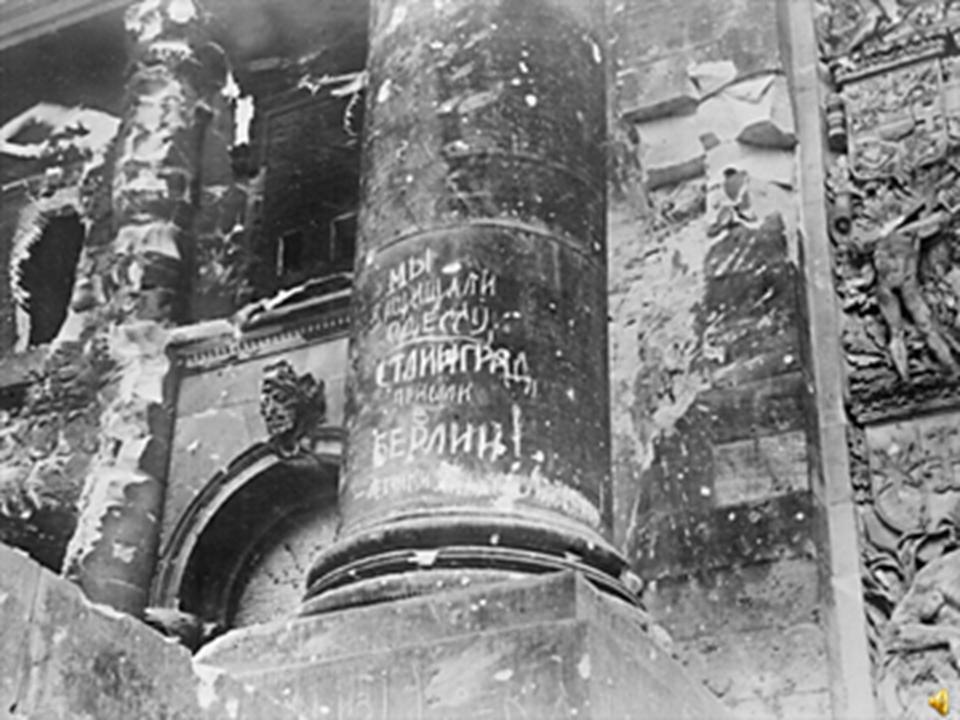


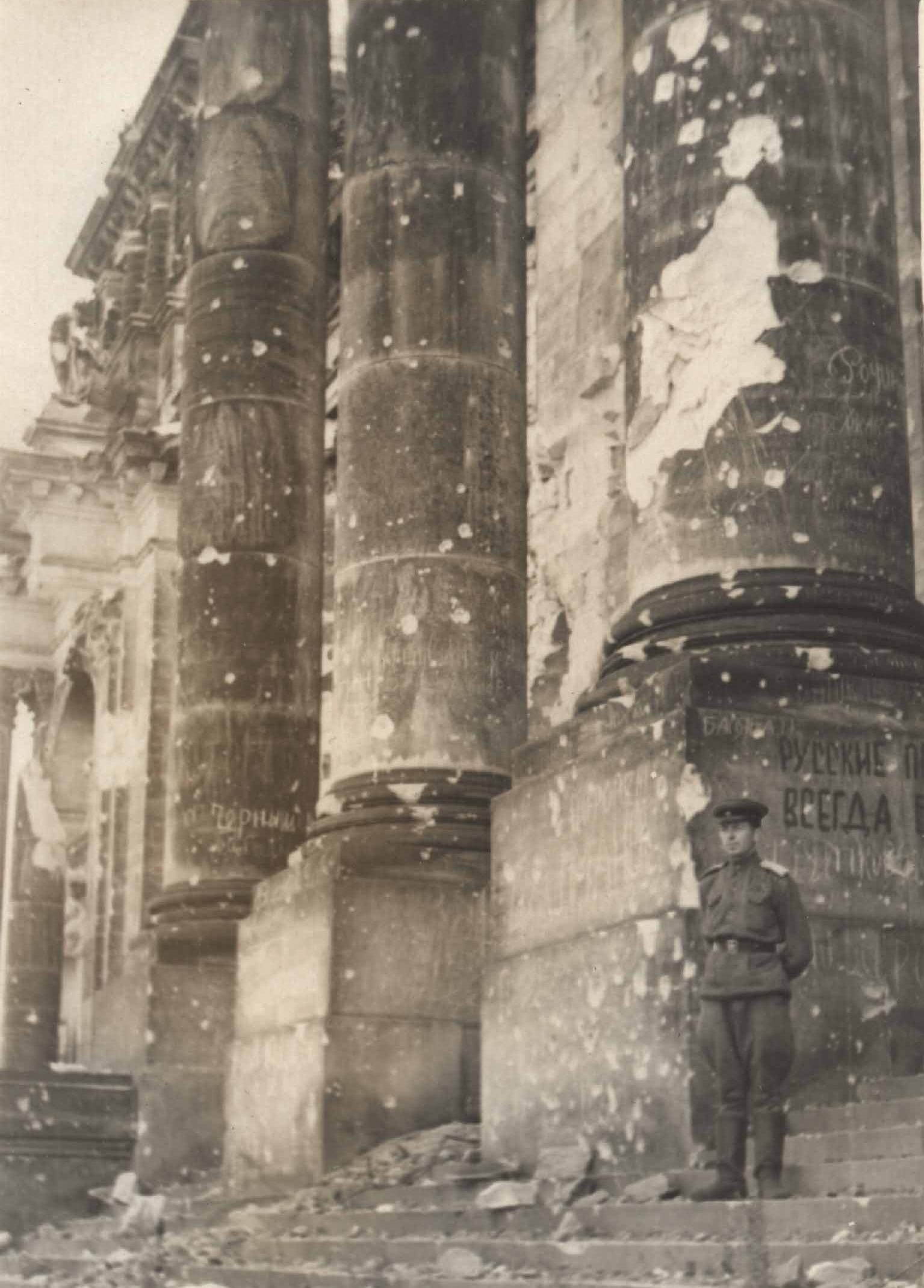
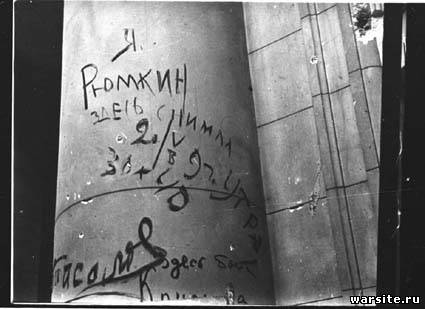
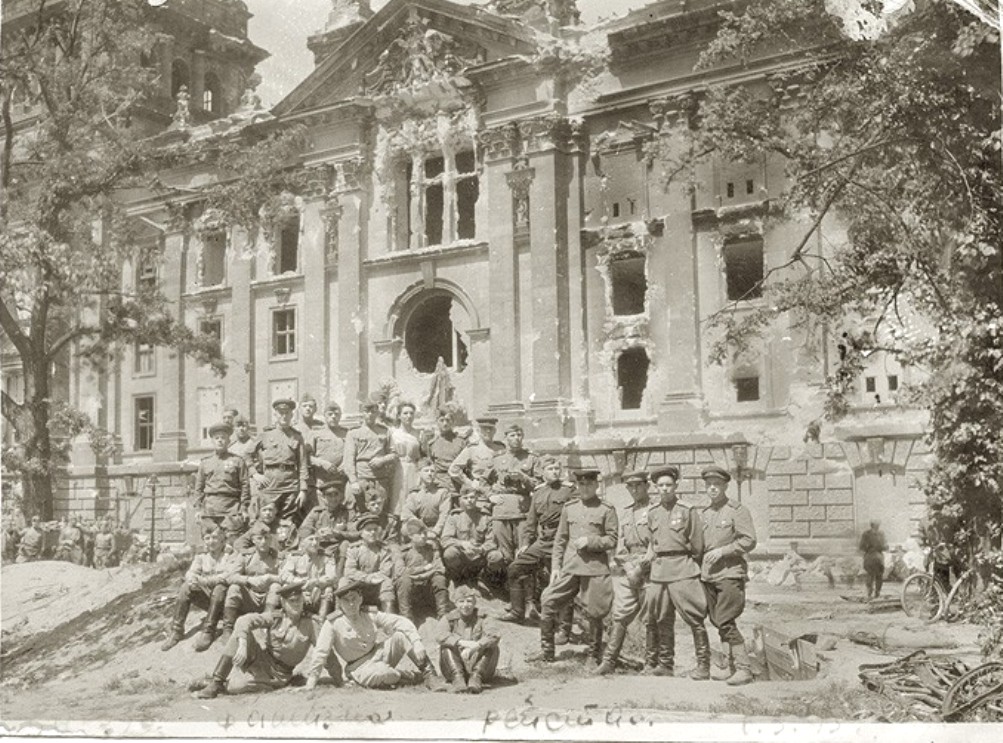

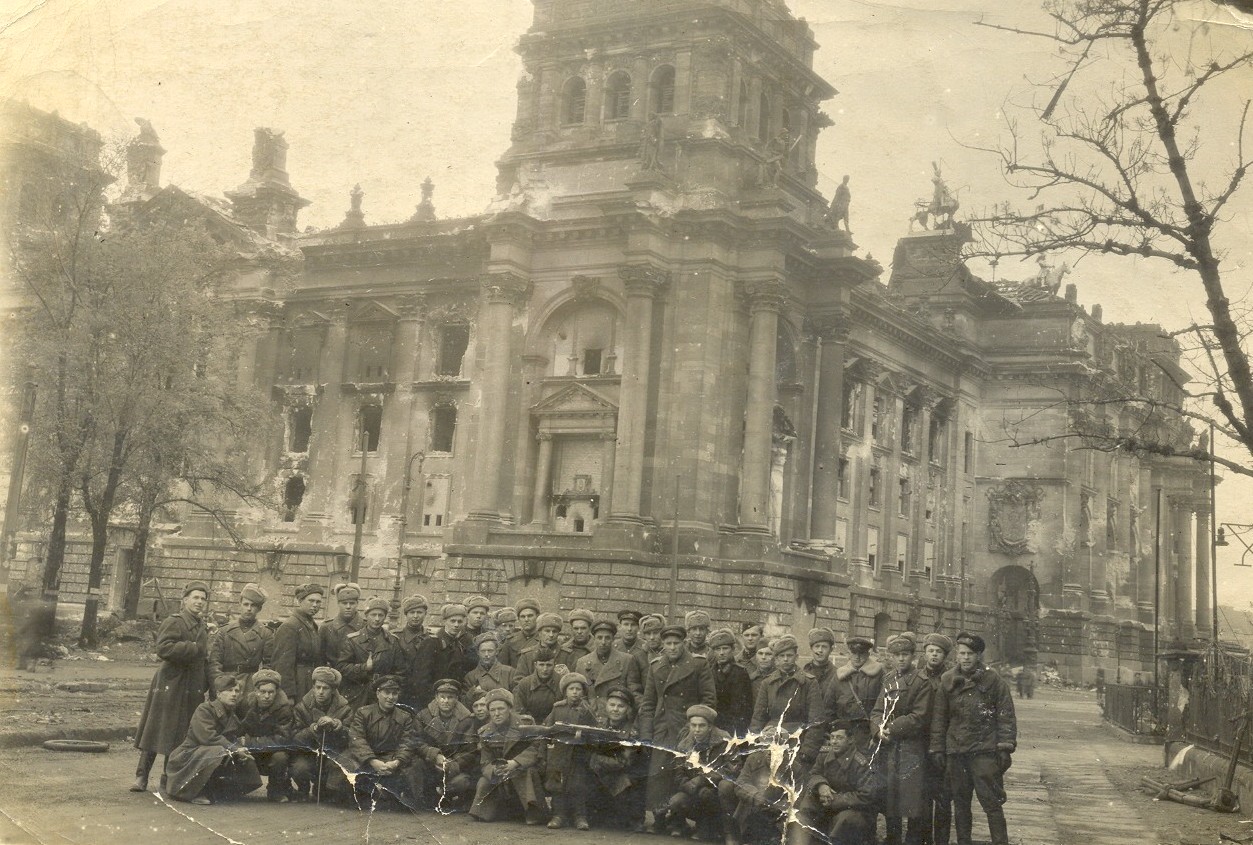





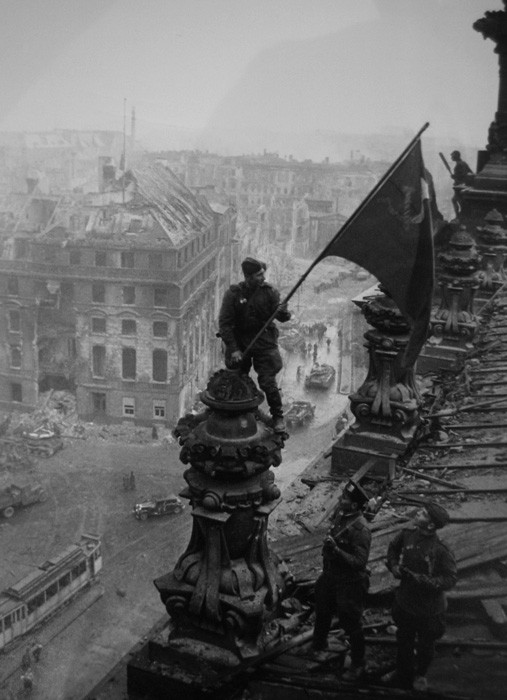


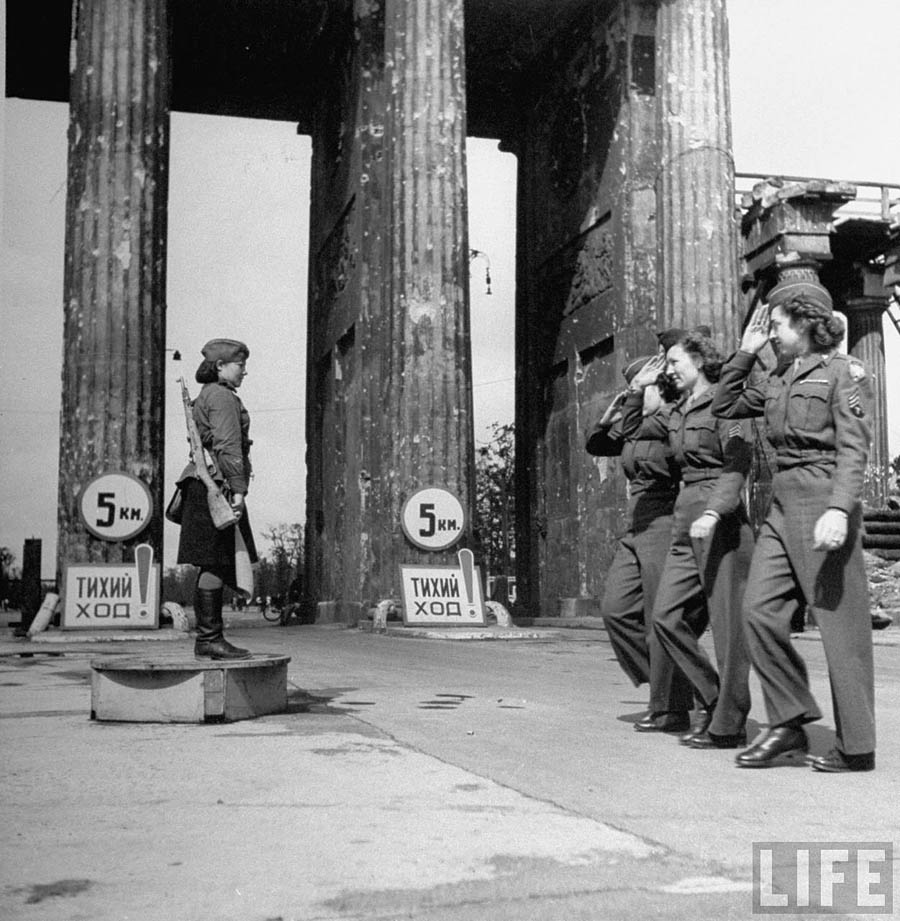


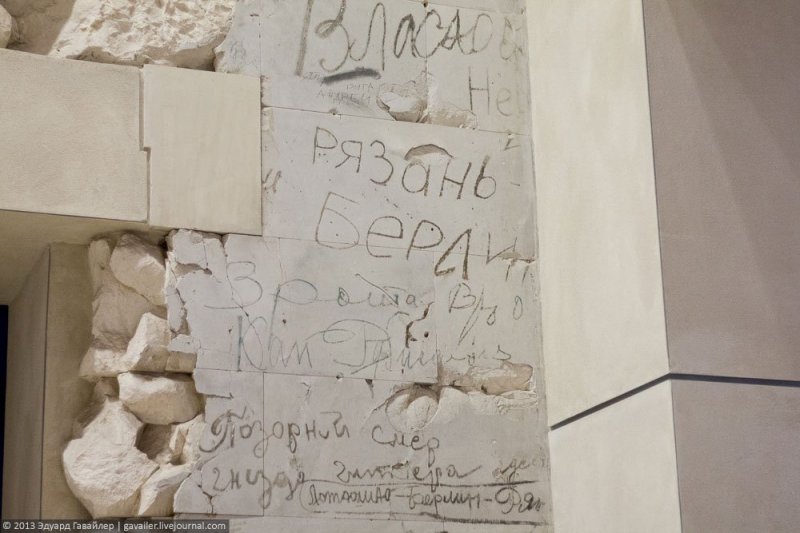

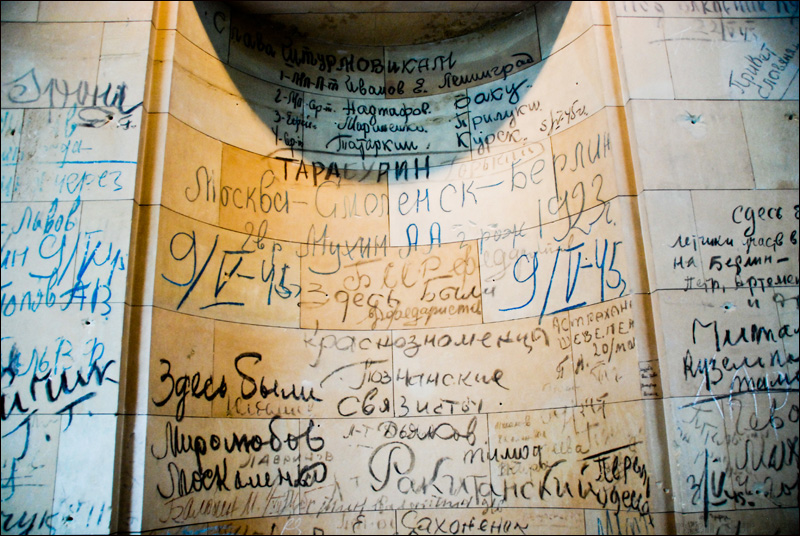
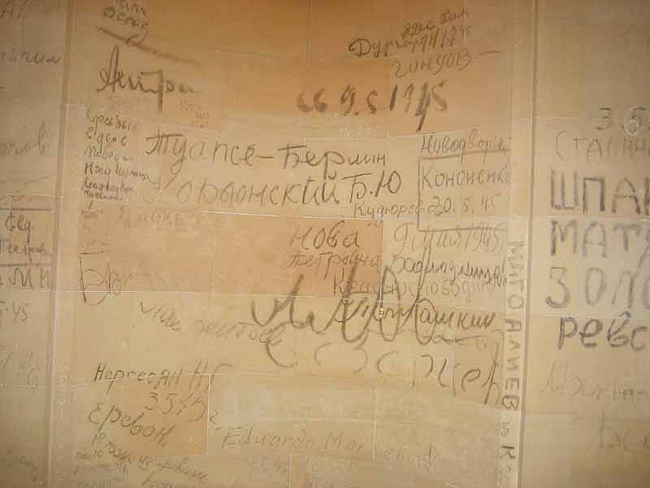
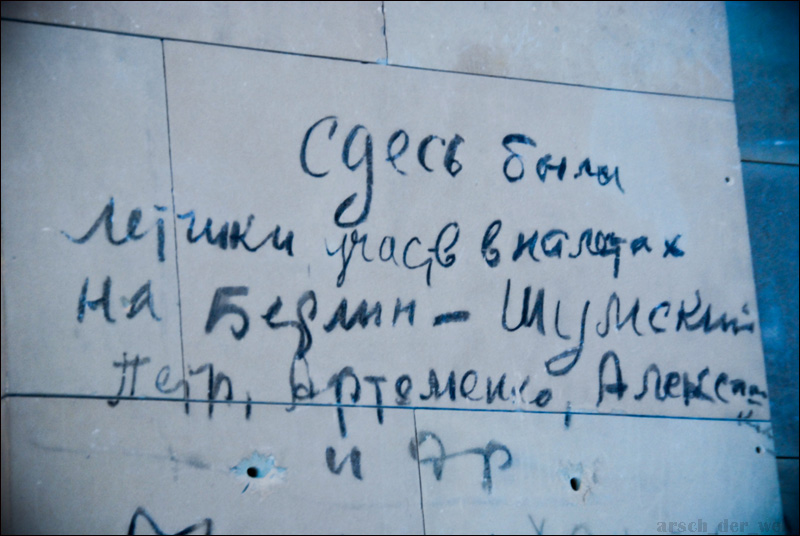
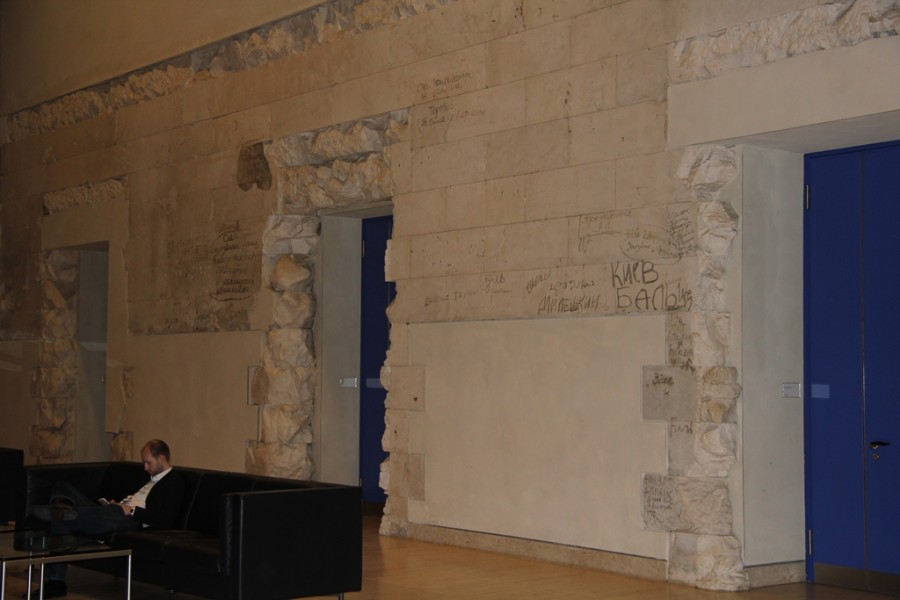

Comments
When commenting on, remember that the content and tone of your message can hurt the feelings of real people, show respect and tolerance to your interlocutors even if you do not share their opinion, your behavior in the conditions of freedom of expression and anonymity provided by the Internet, changes Not only virtual, but also the real world. All comments are hidden from the index, spam is controlled.